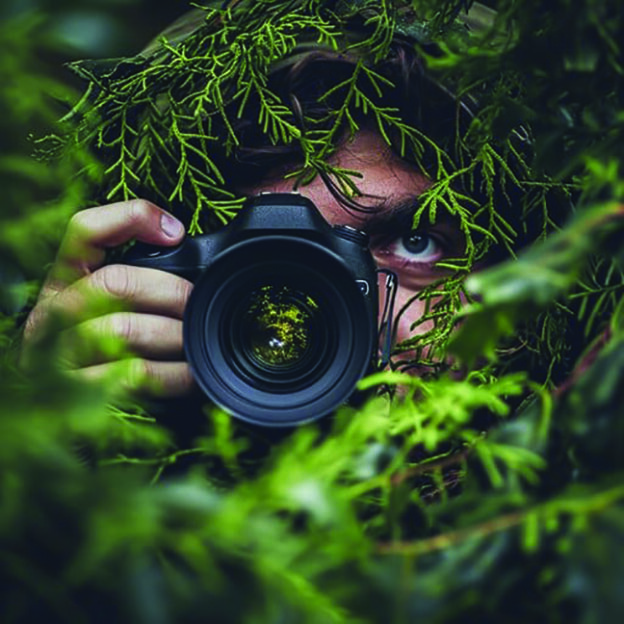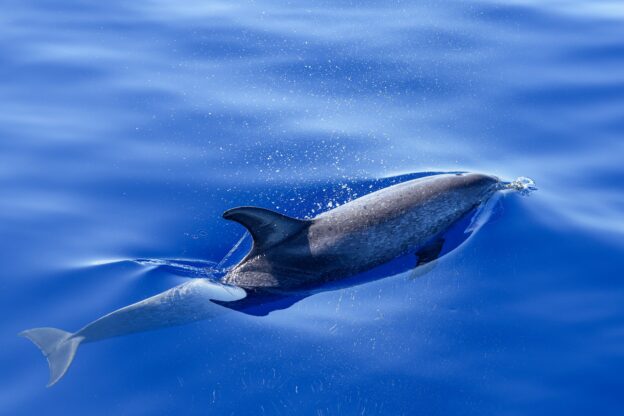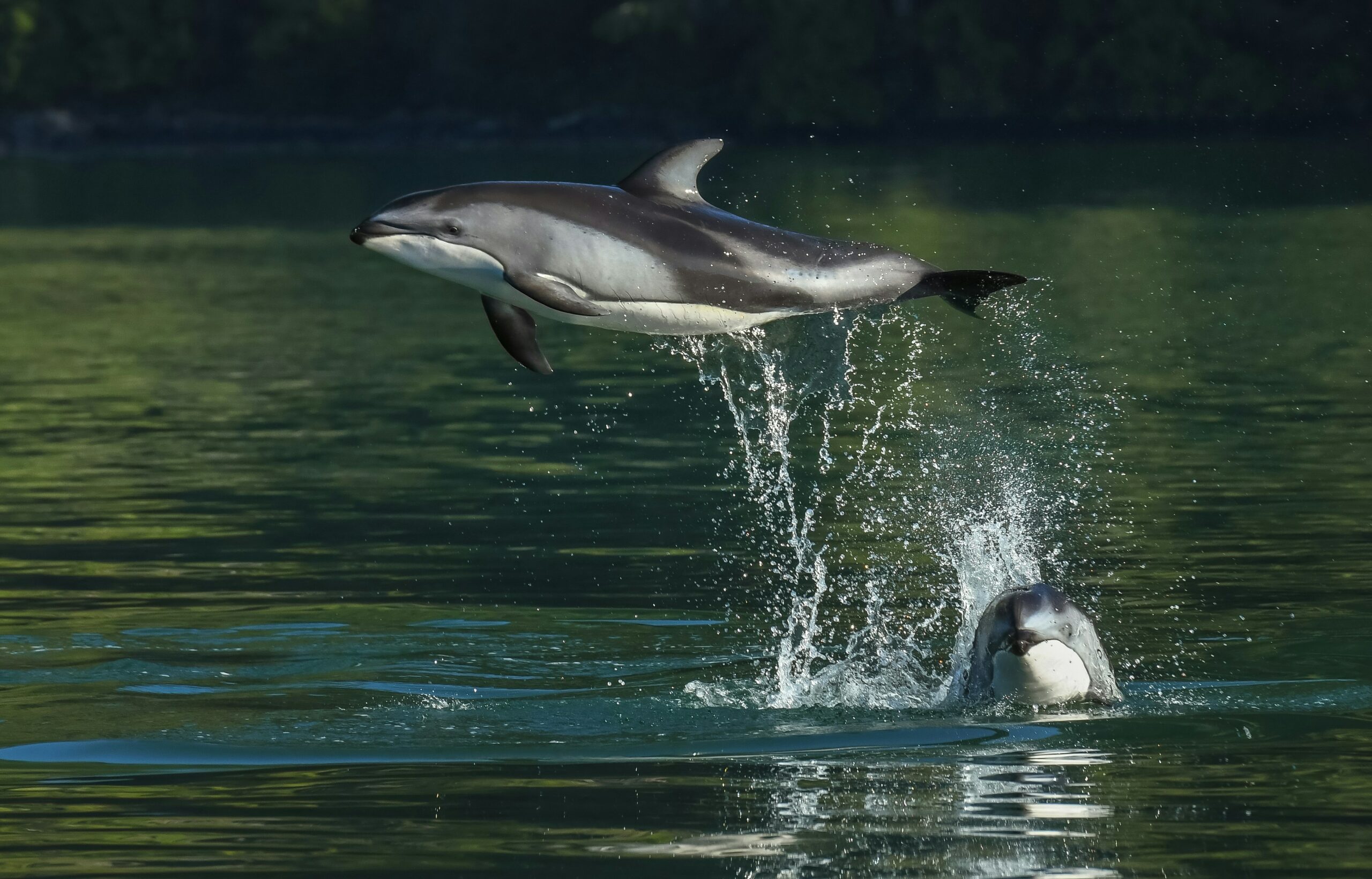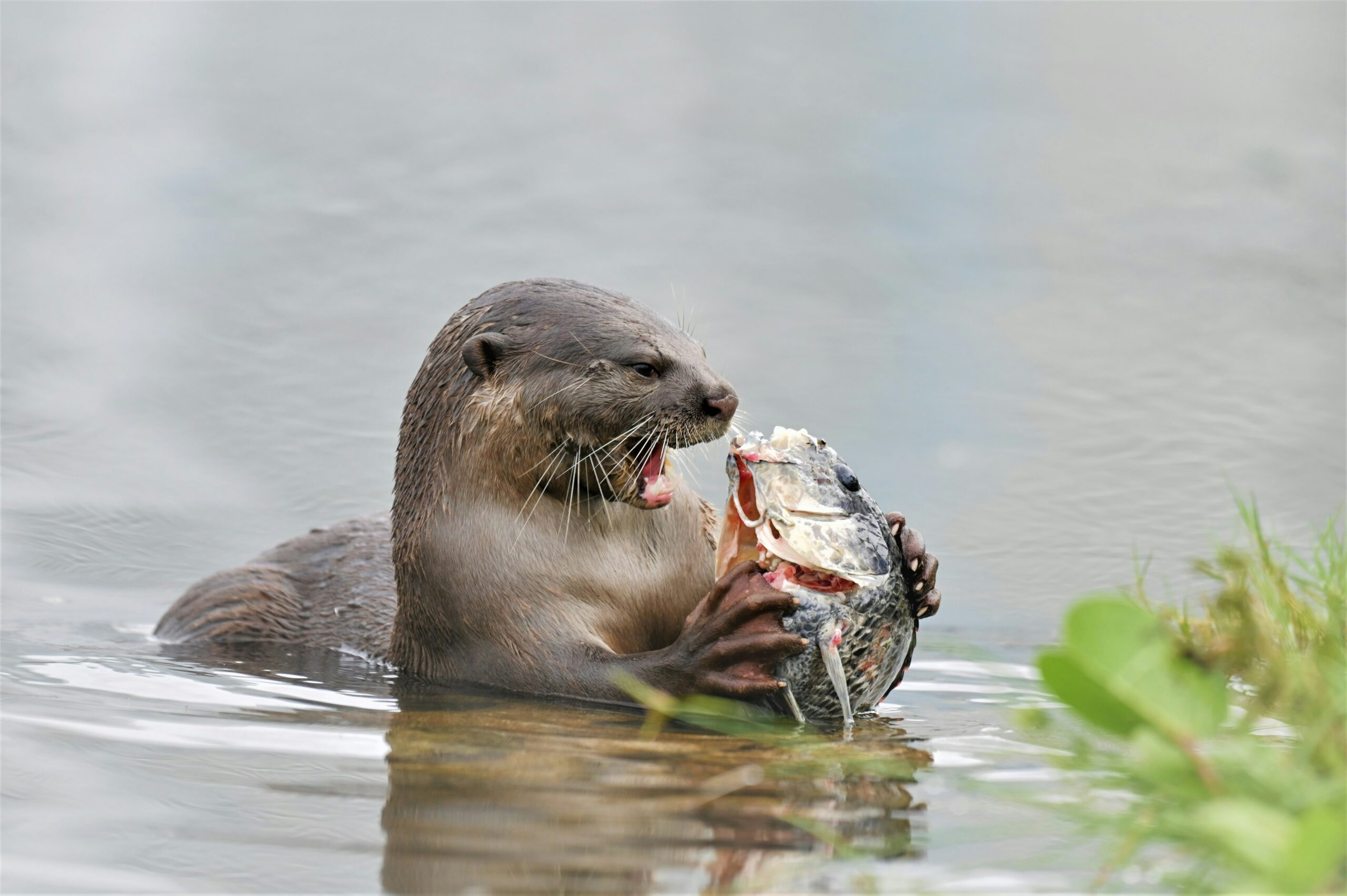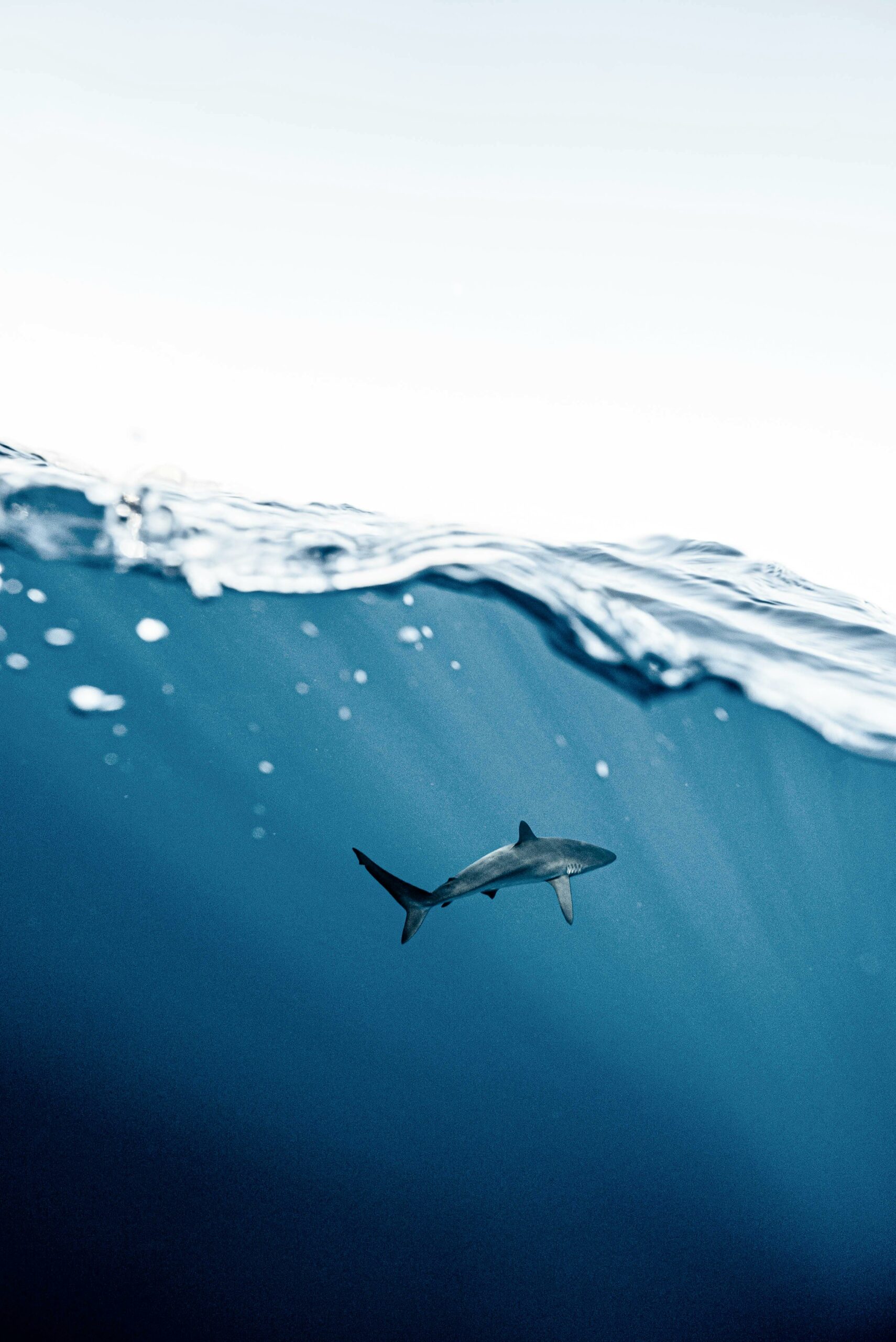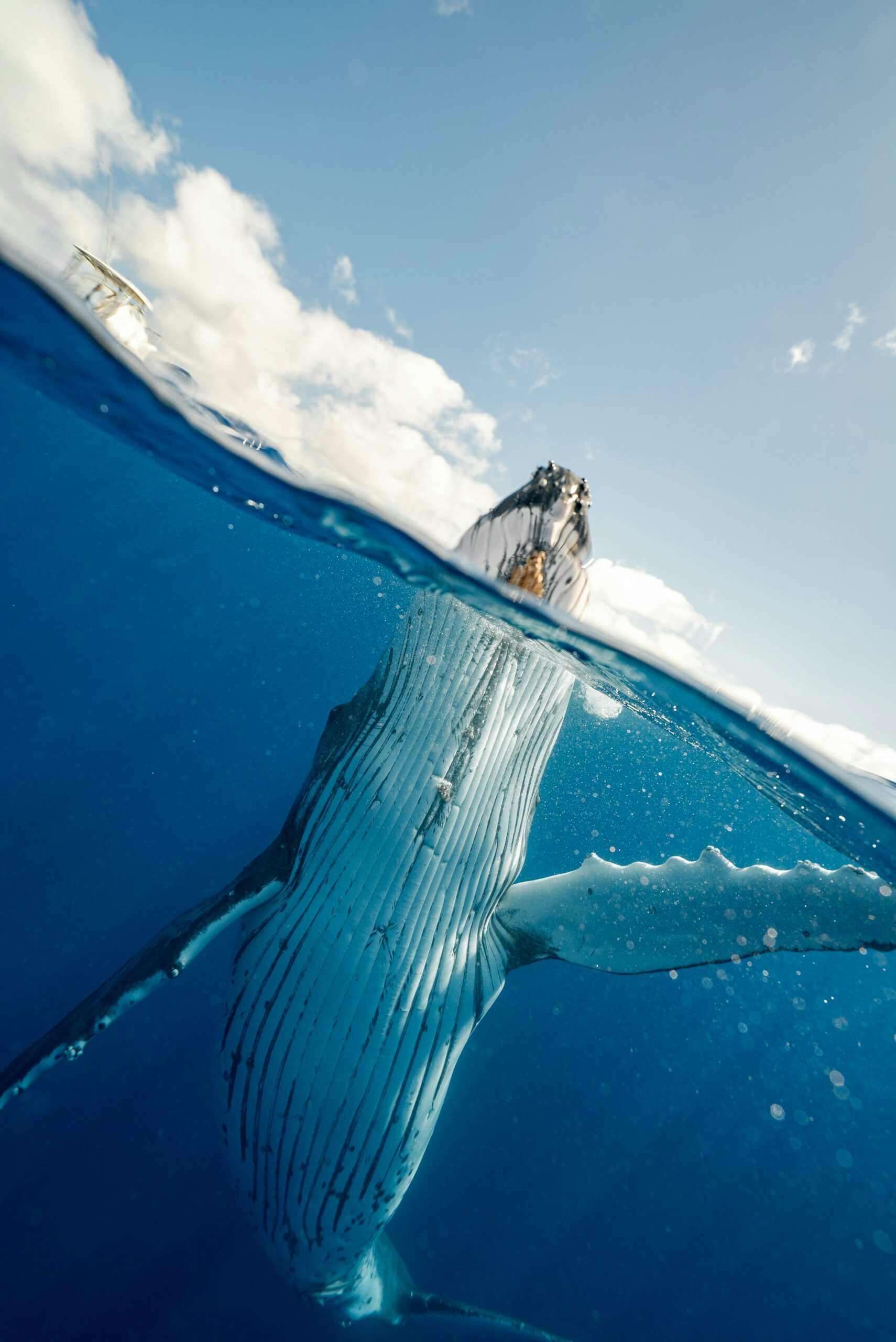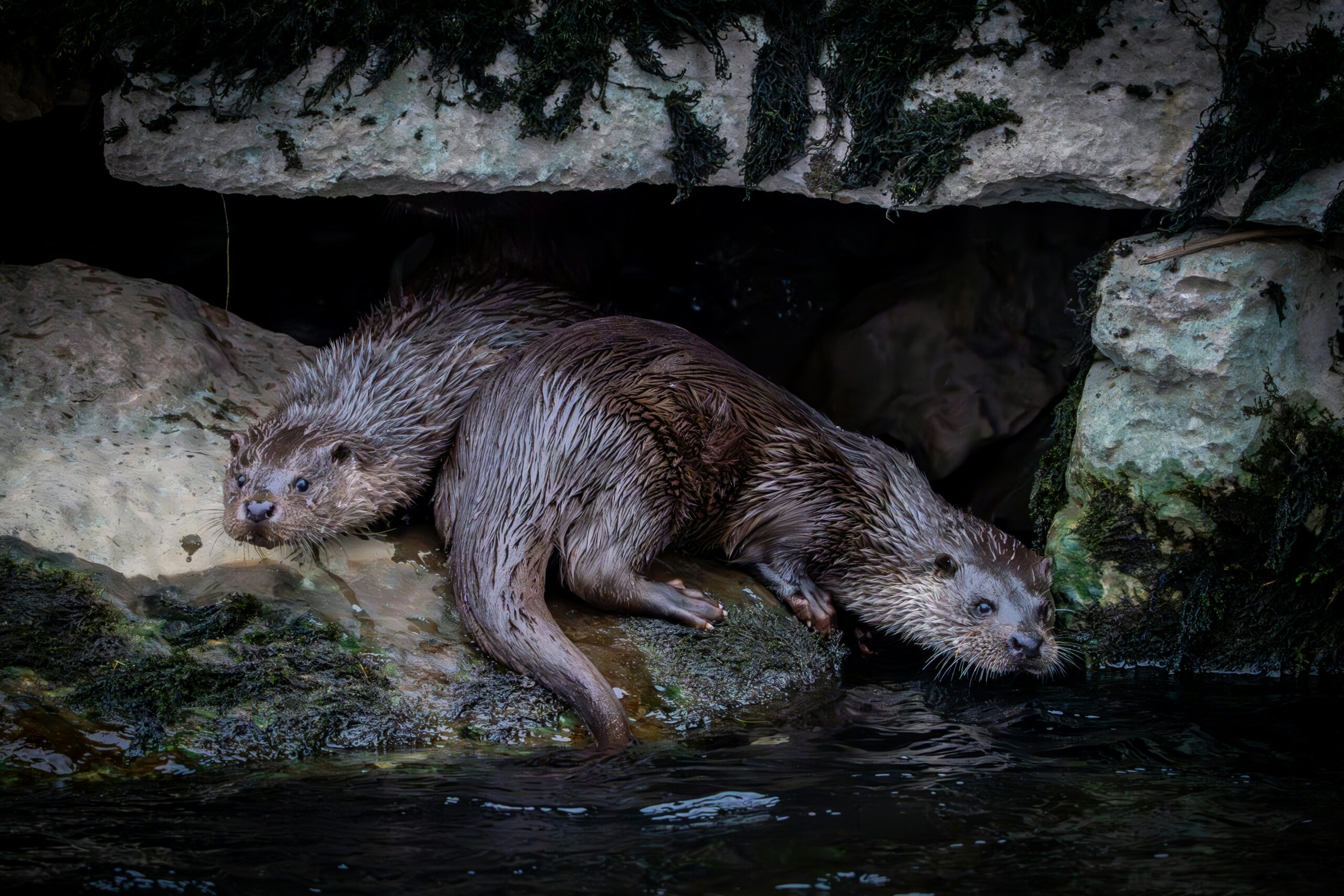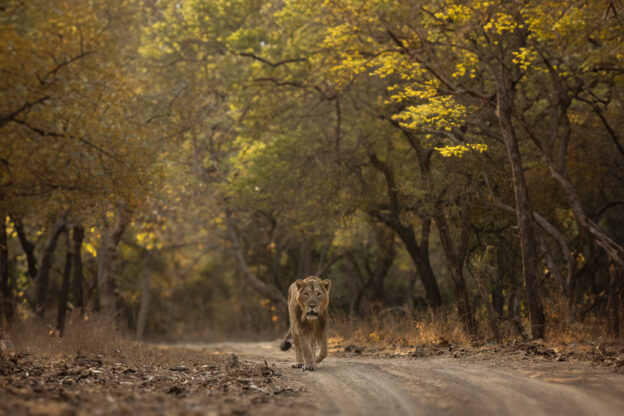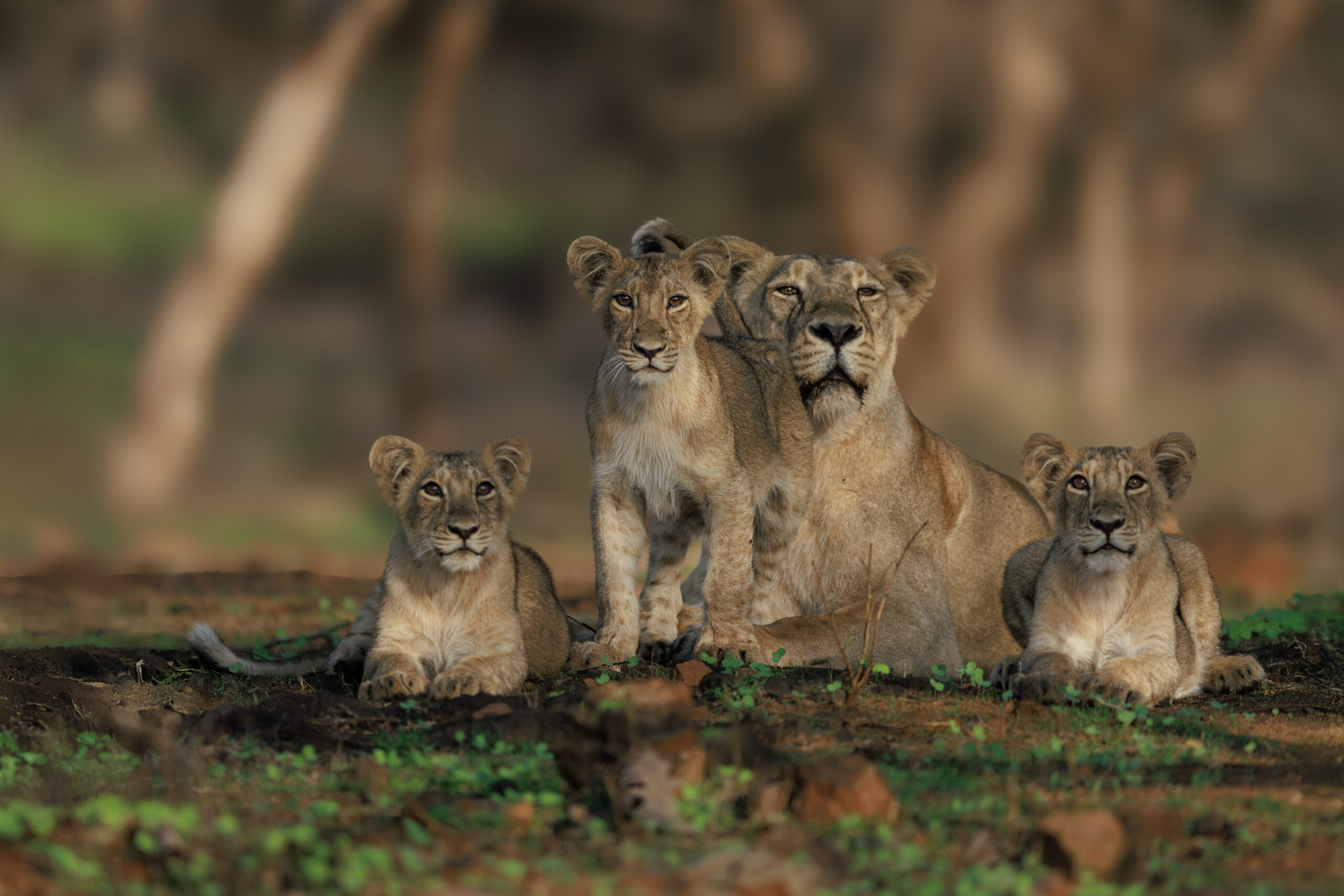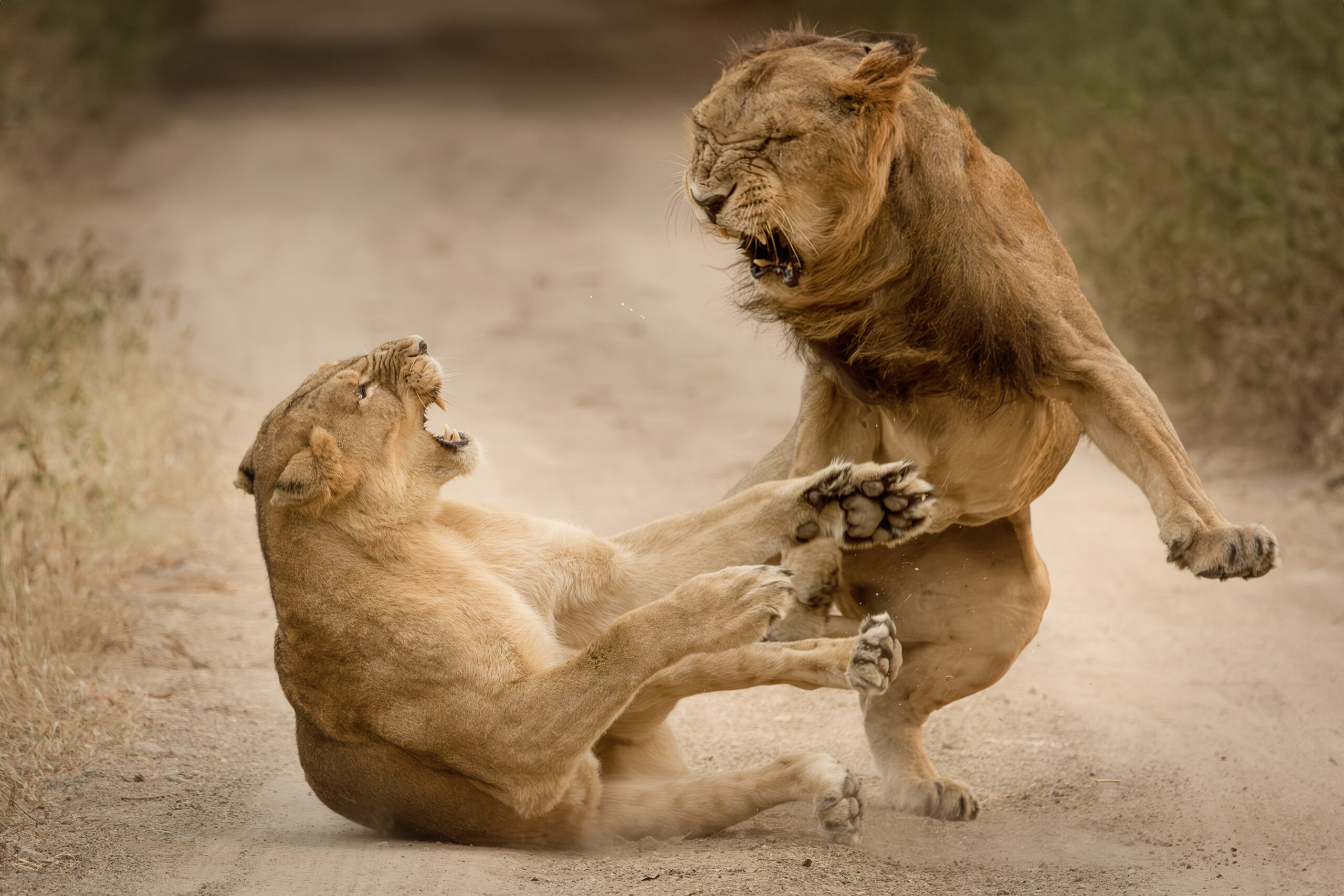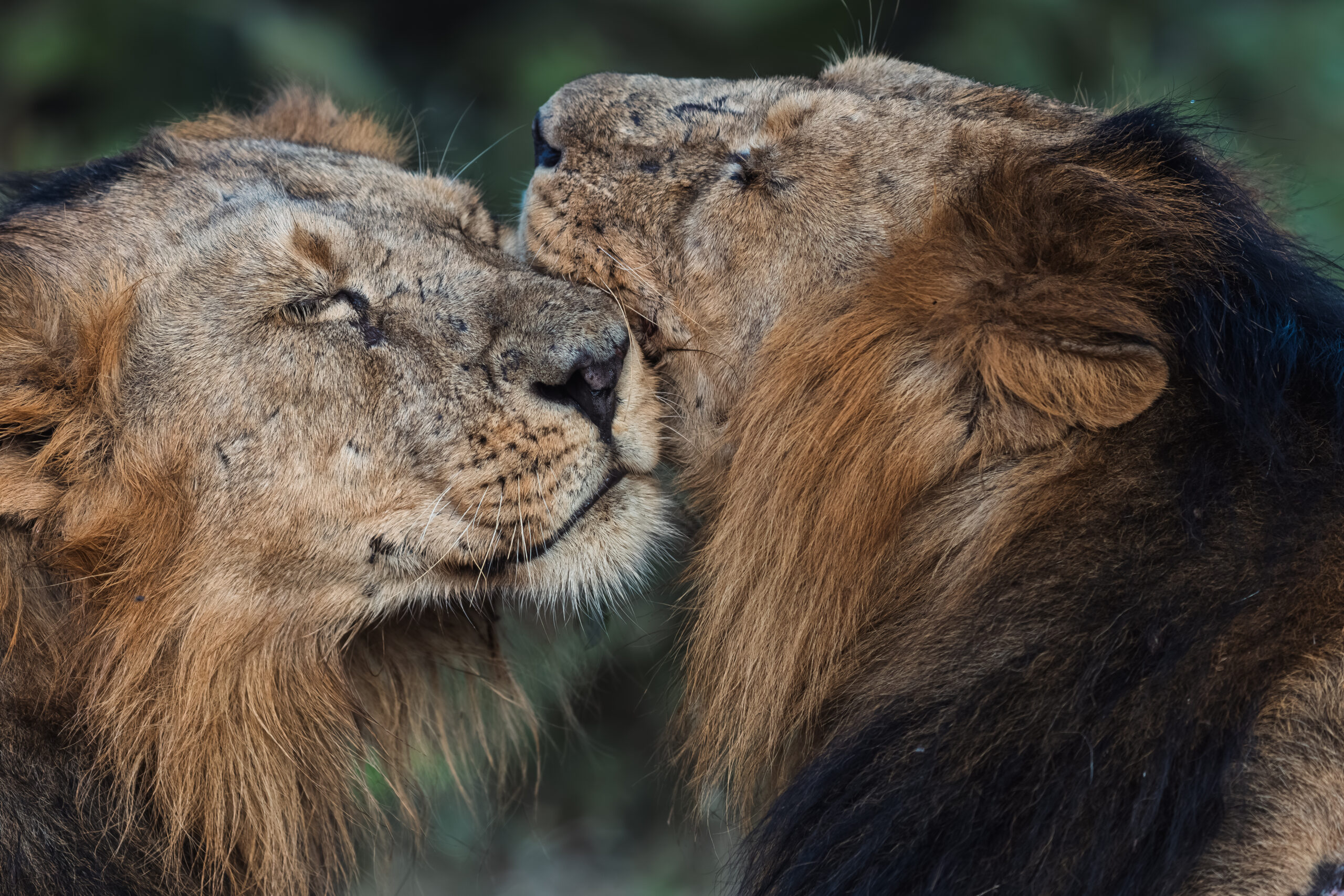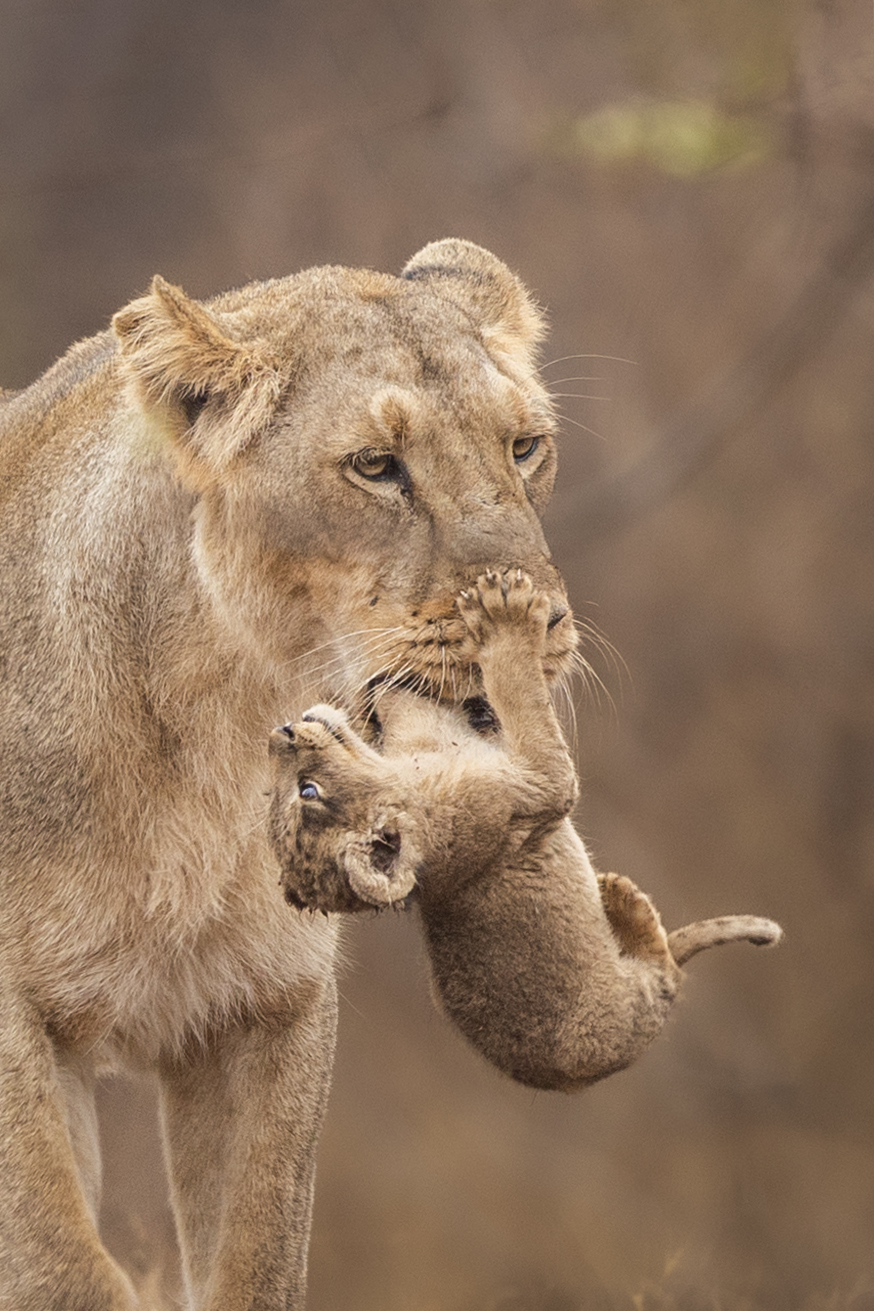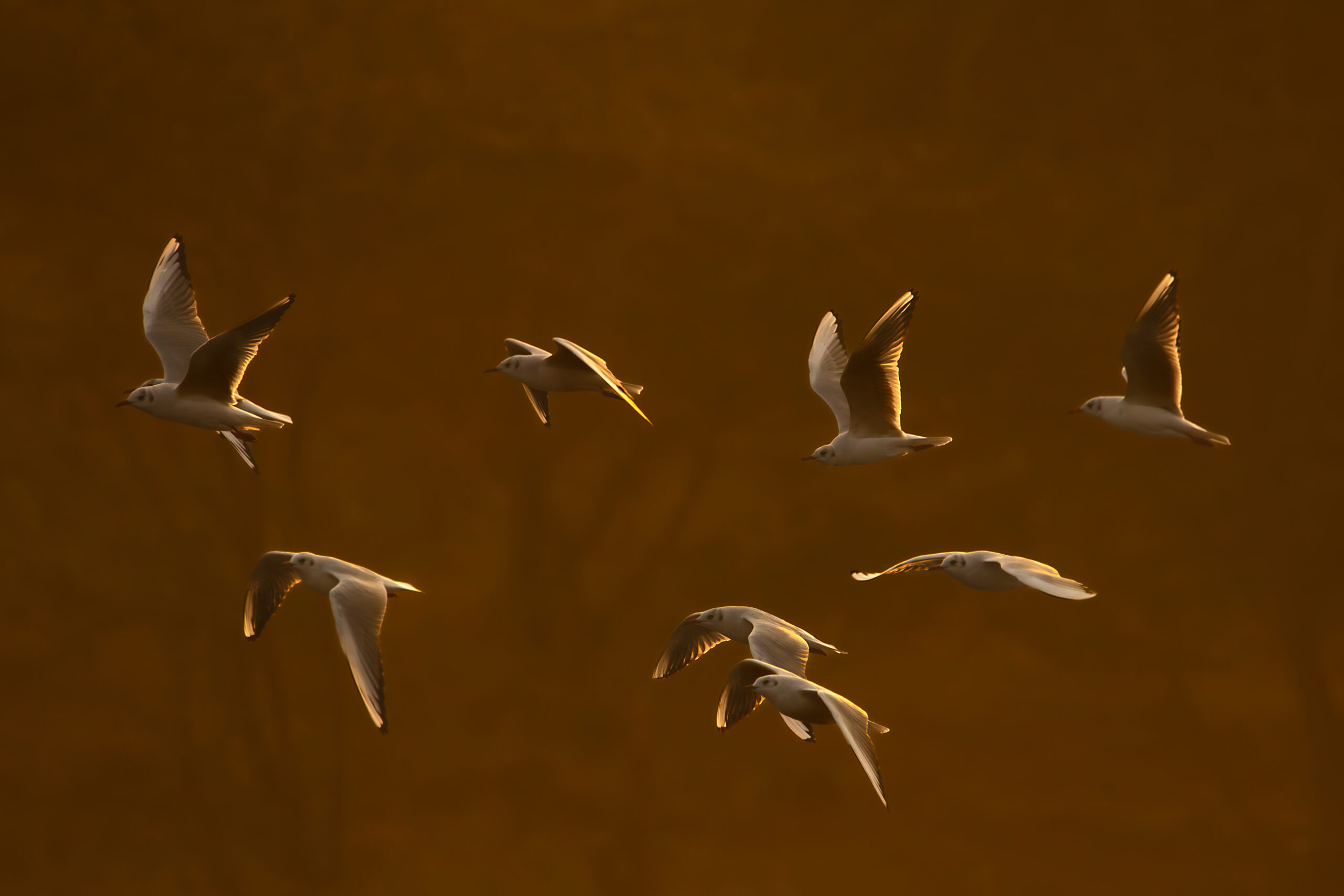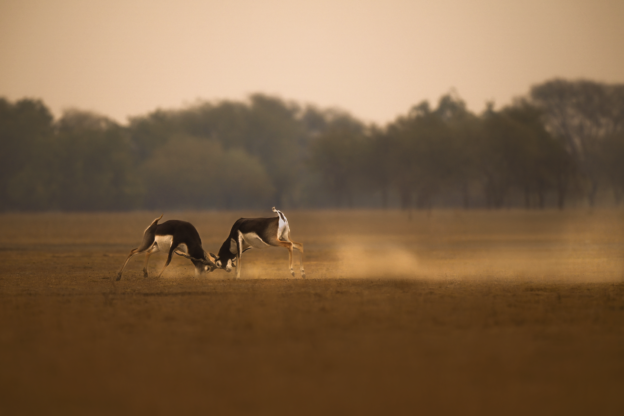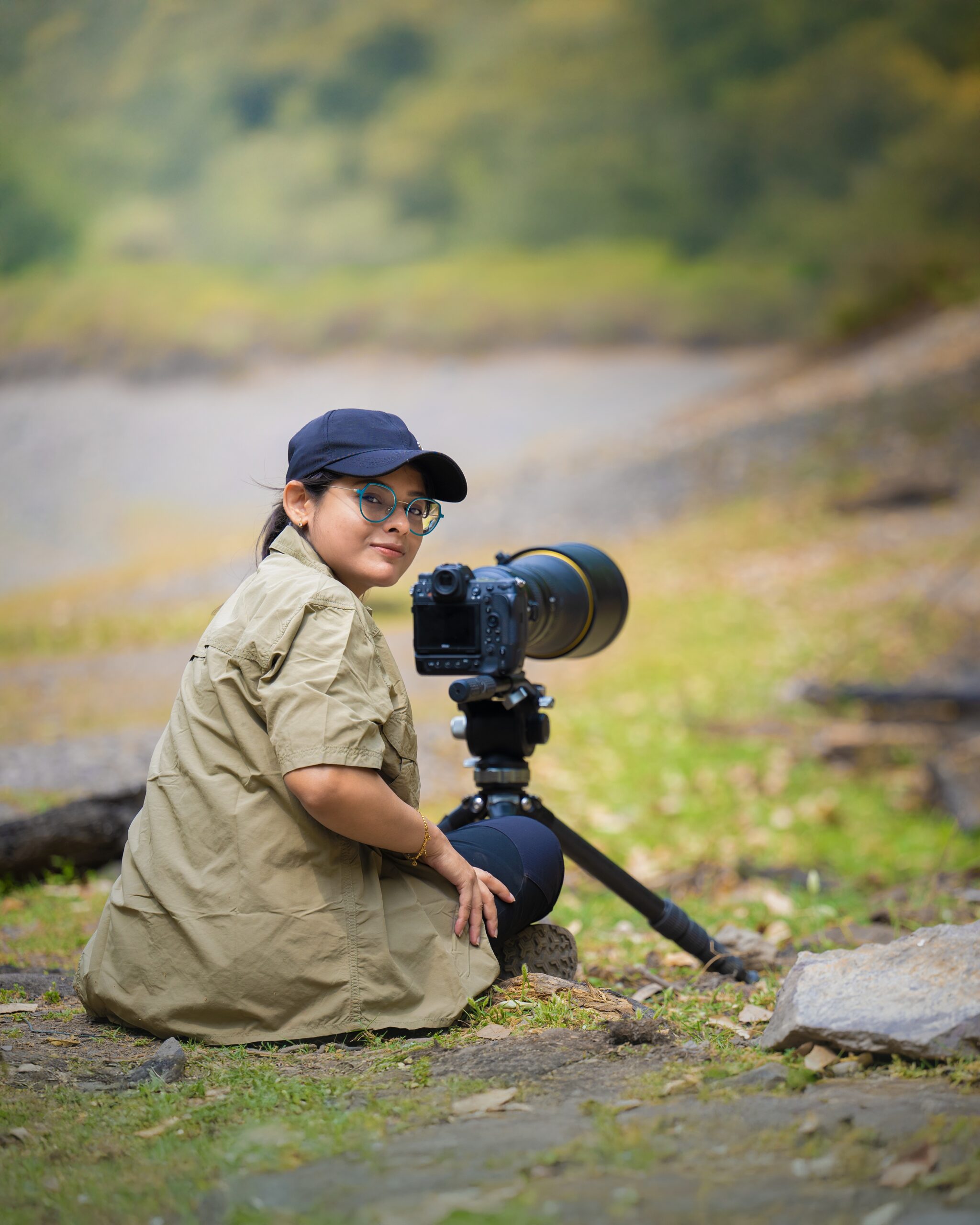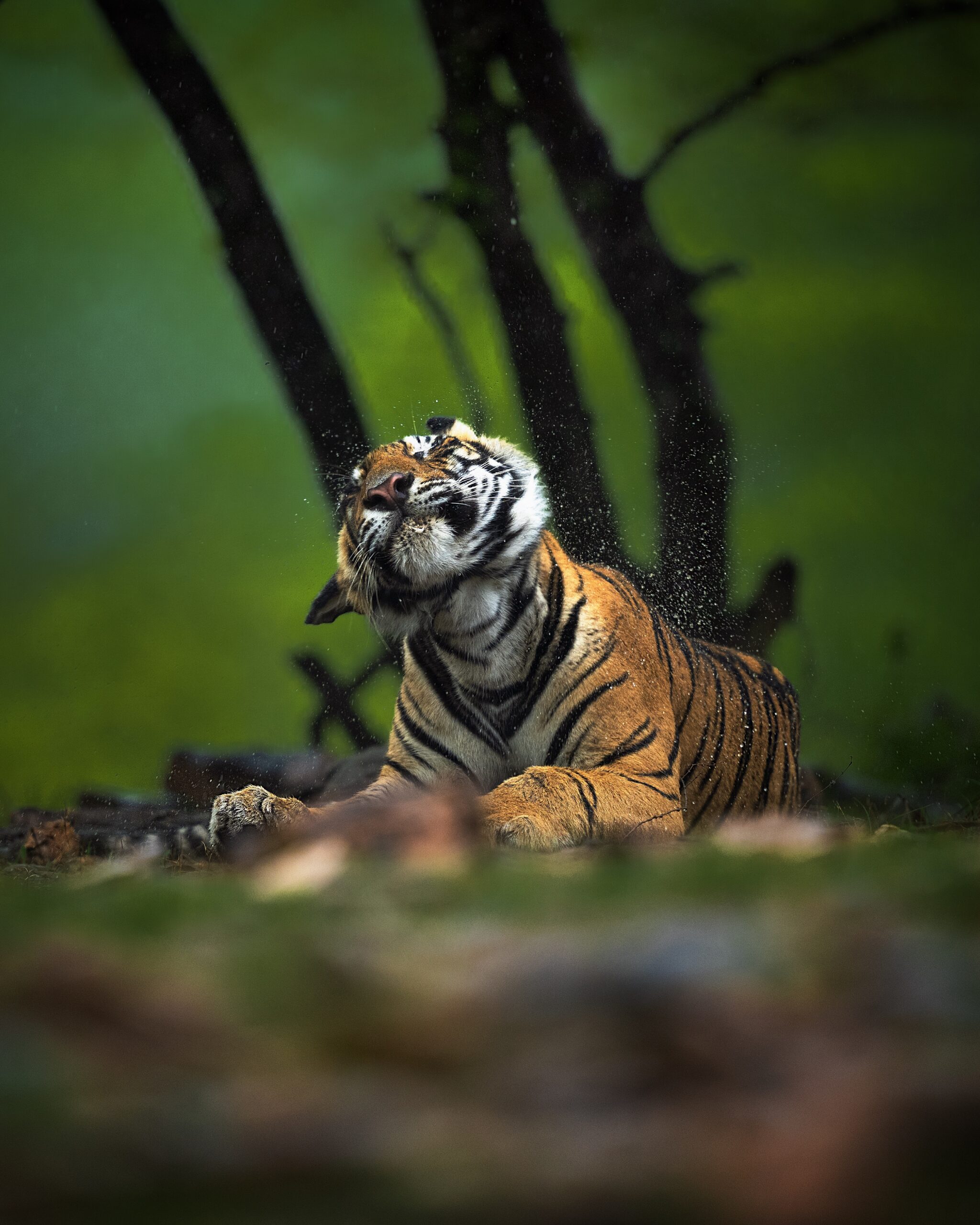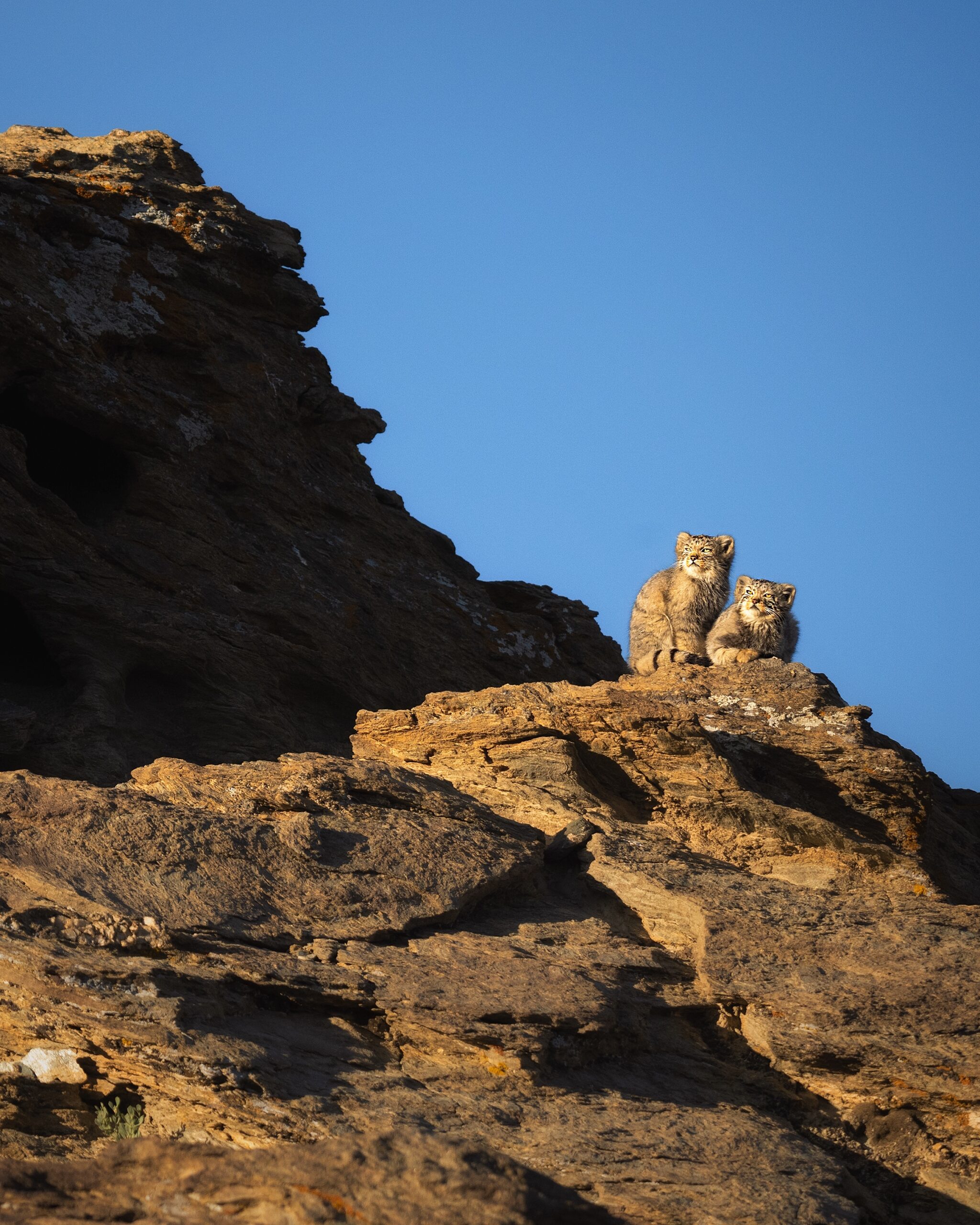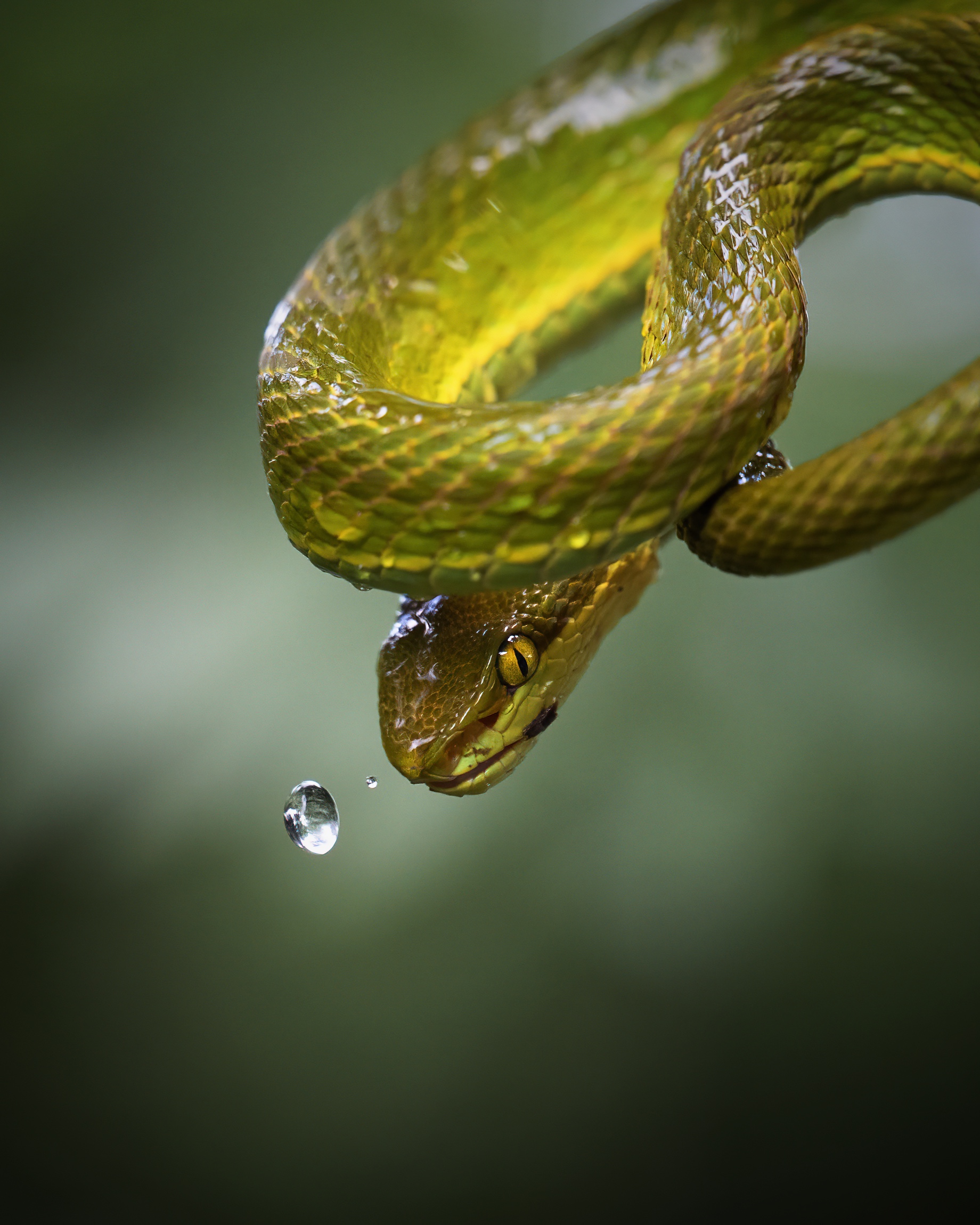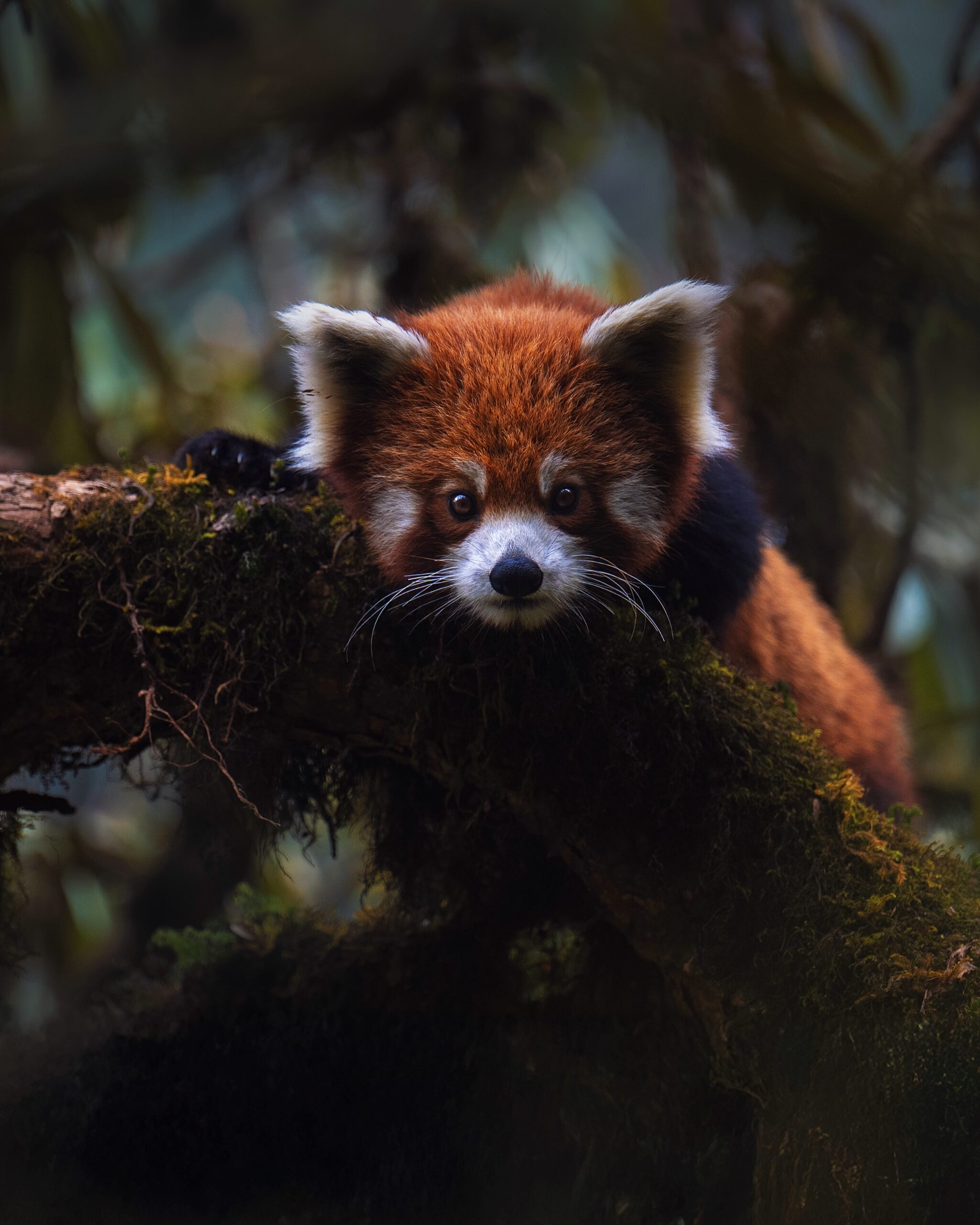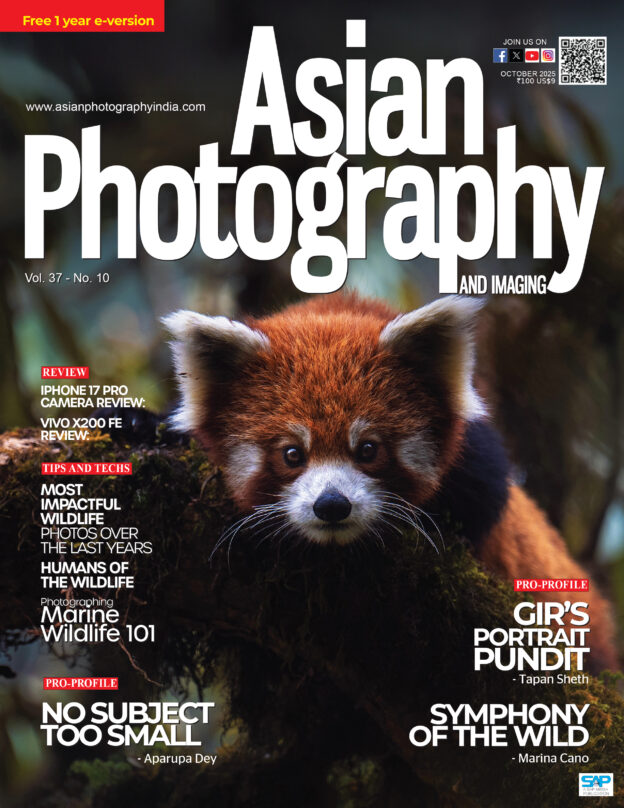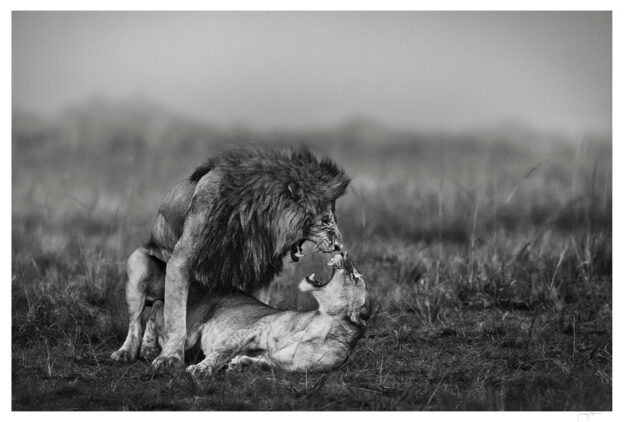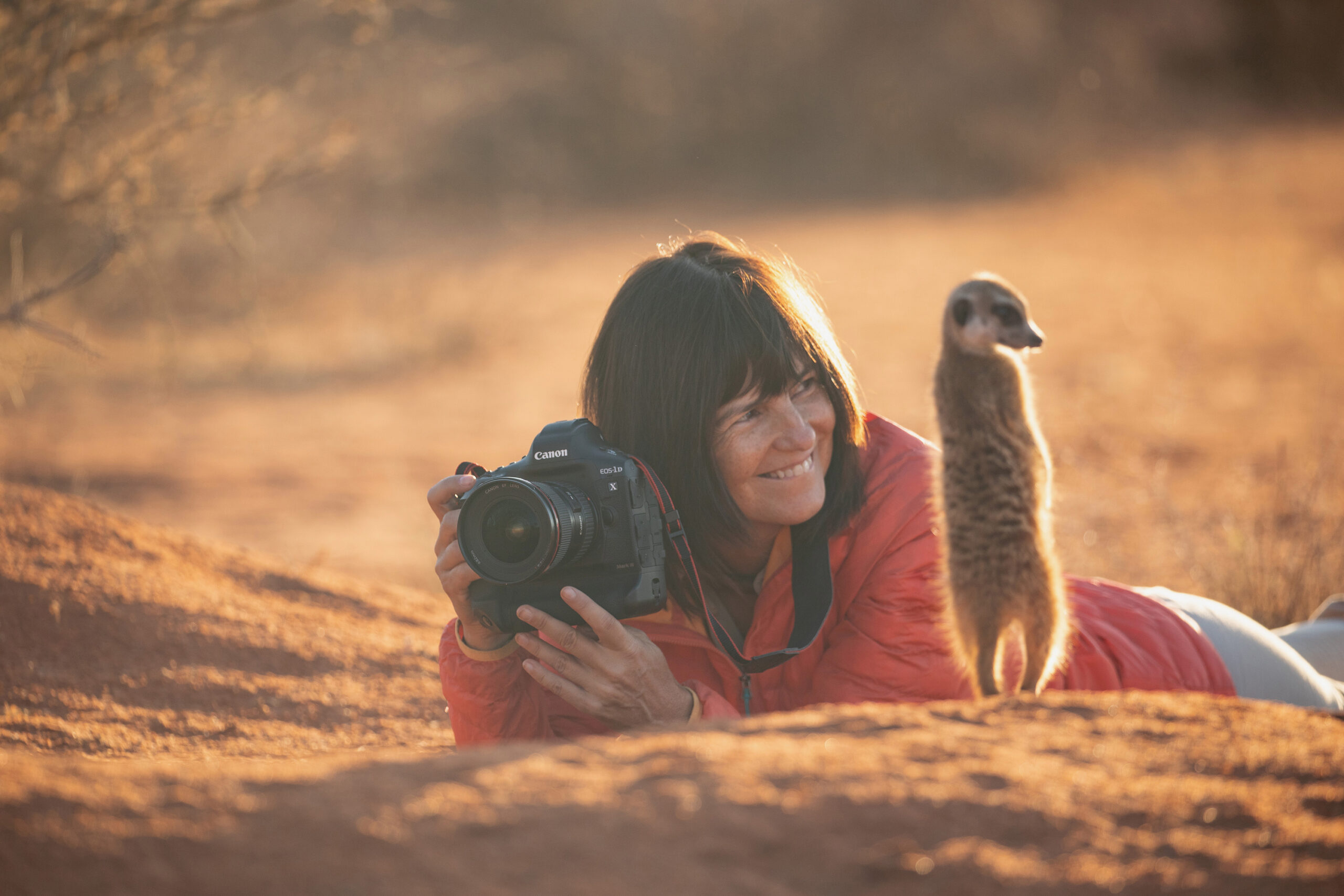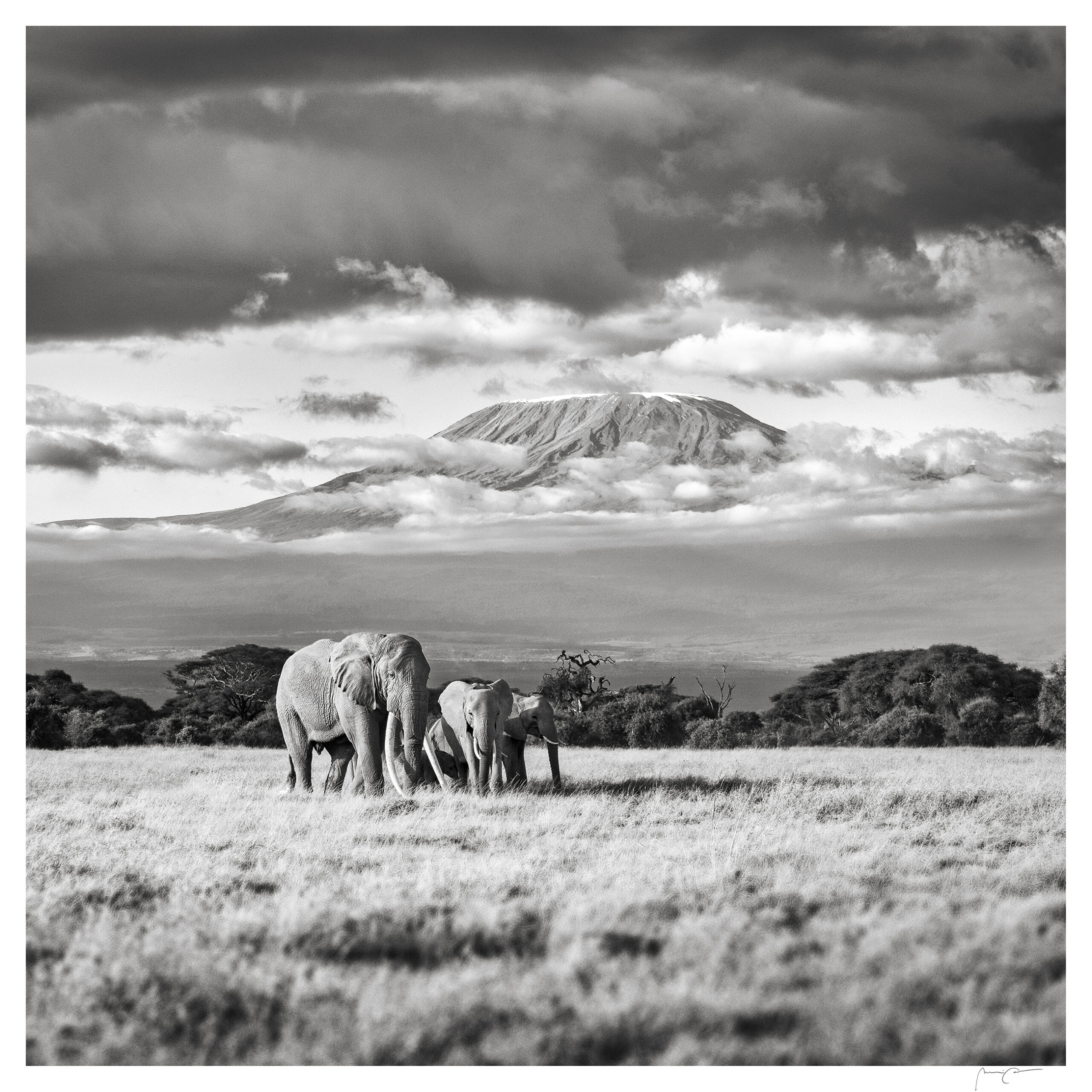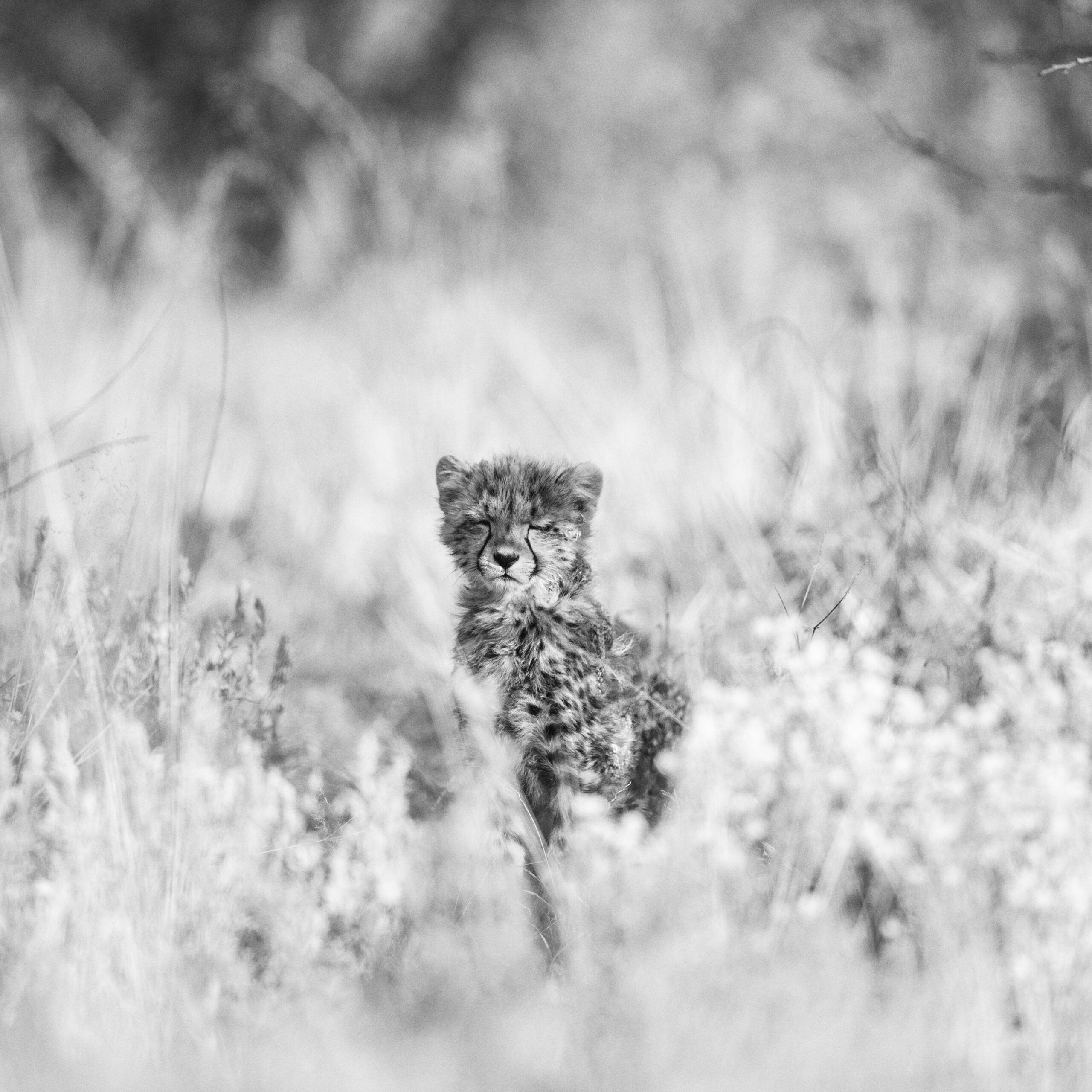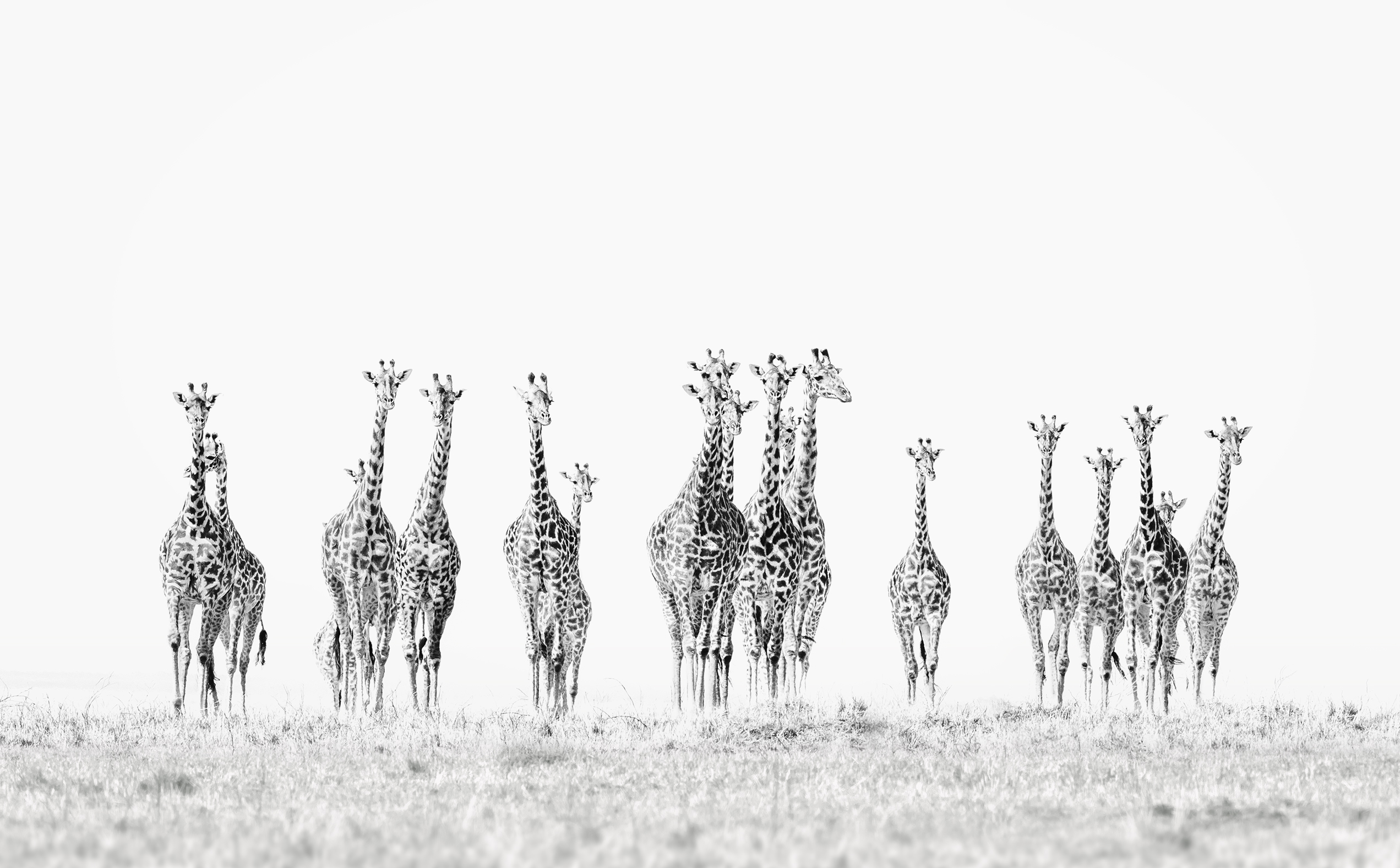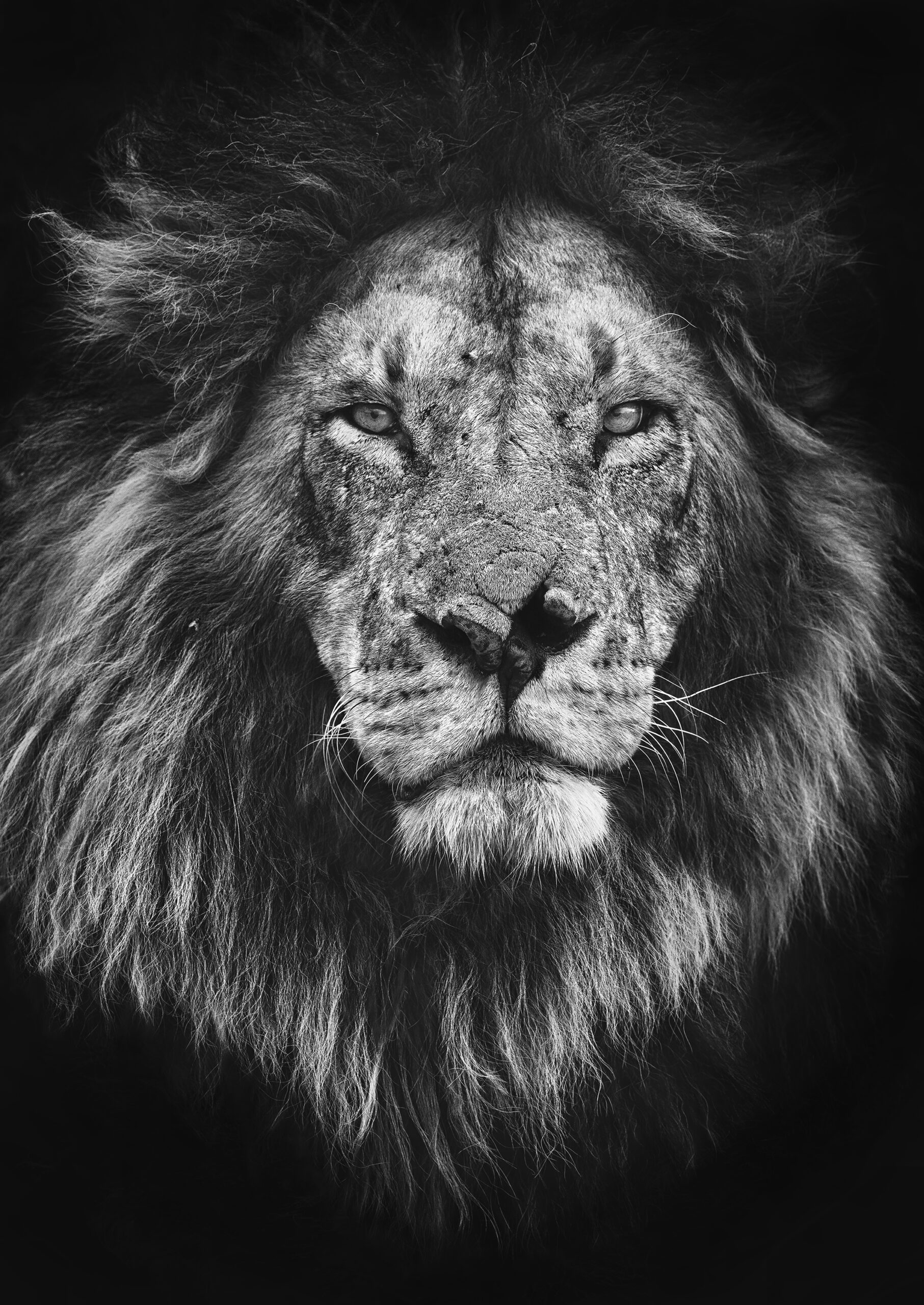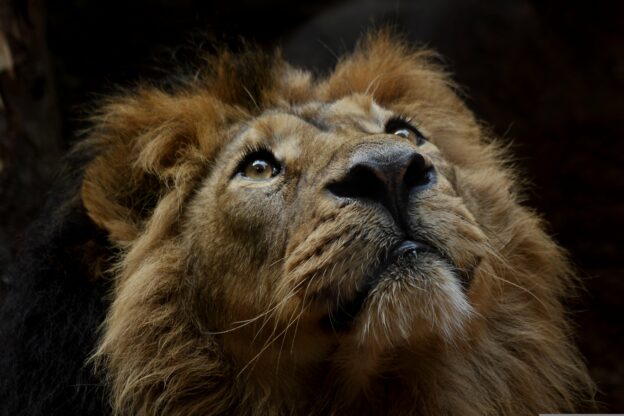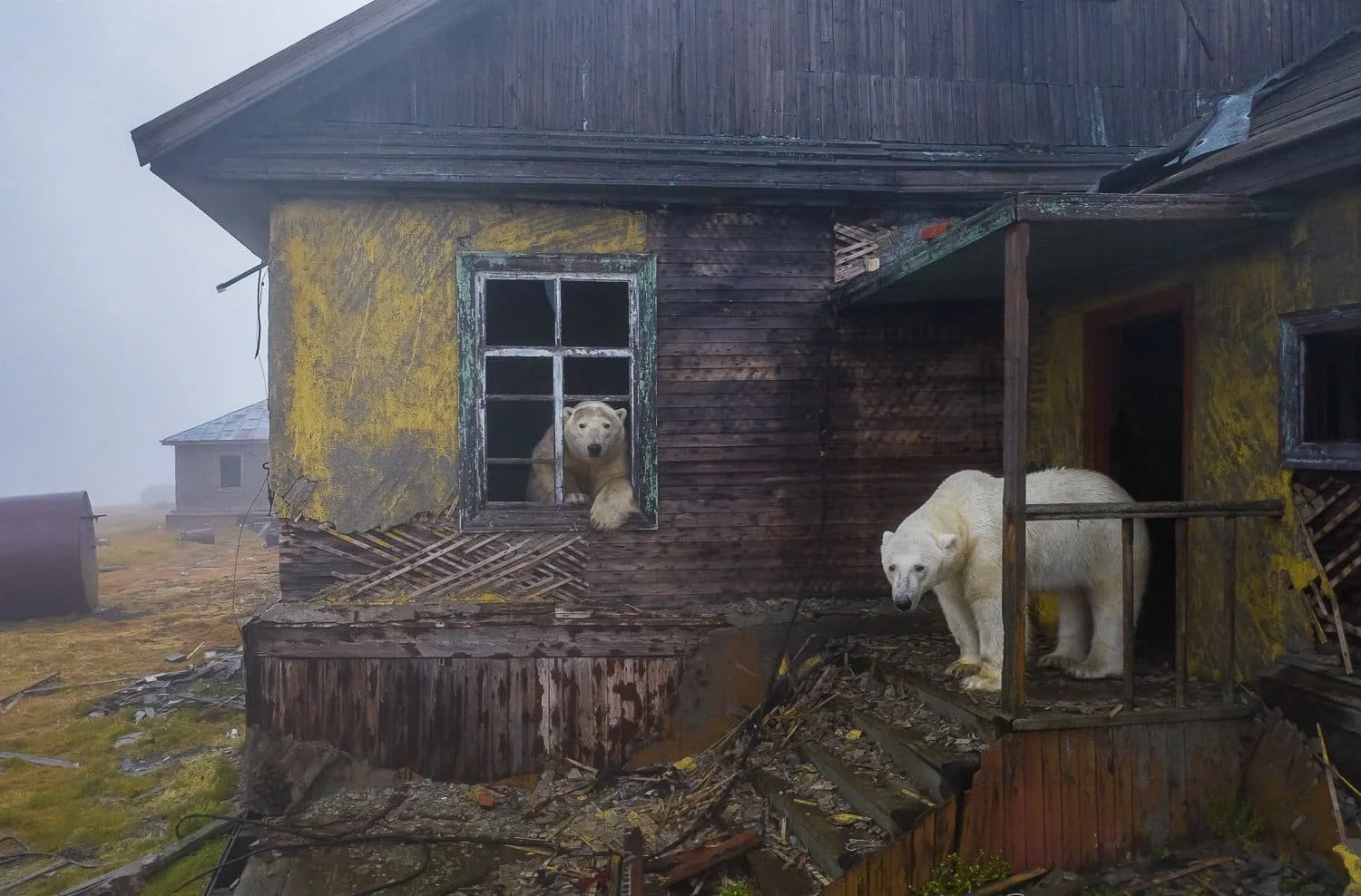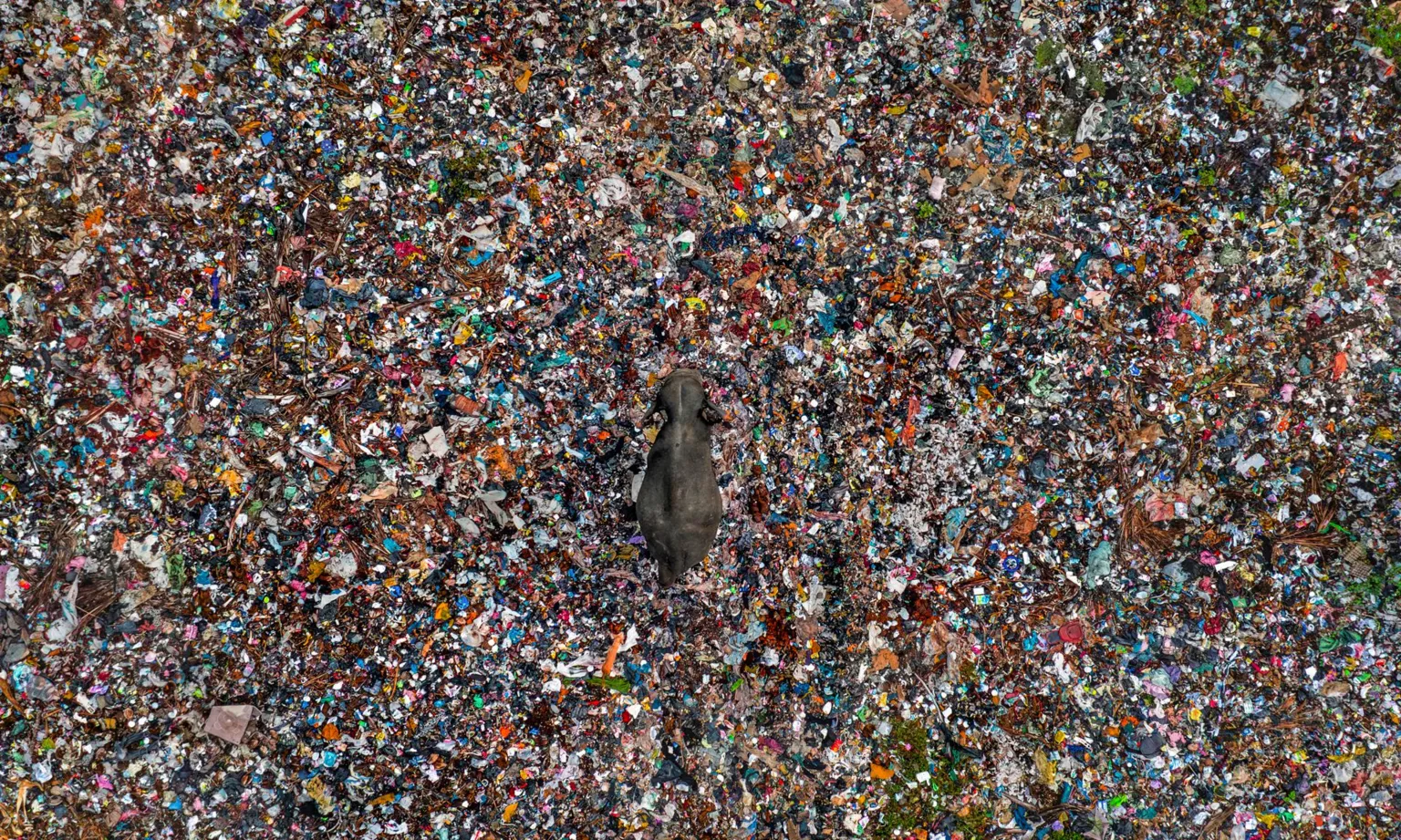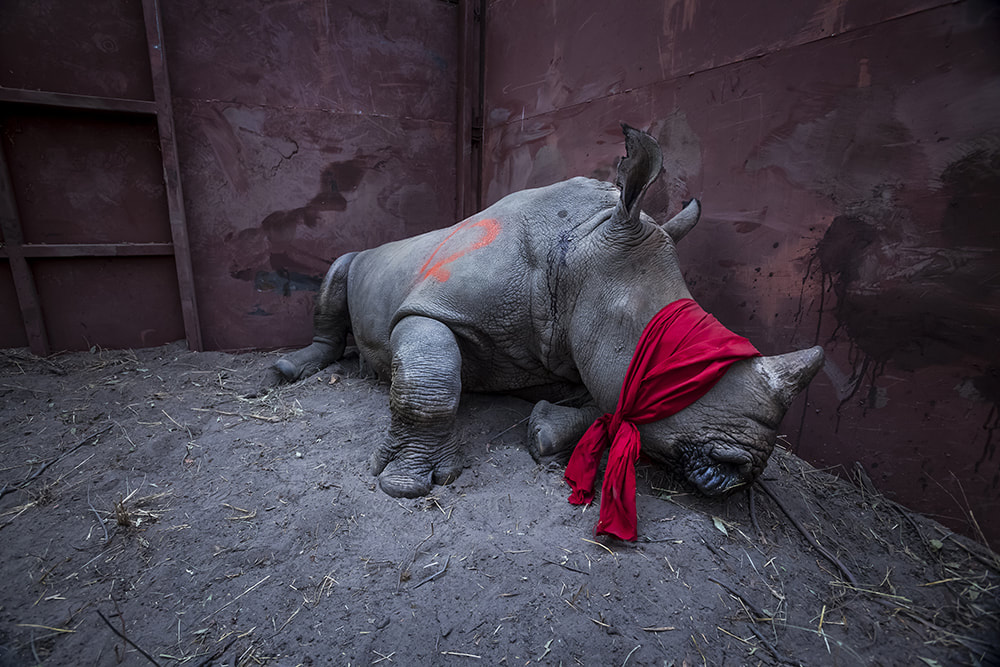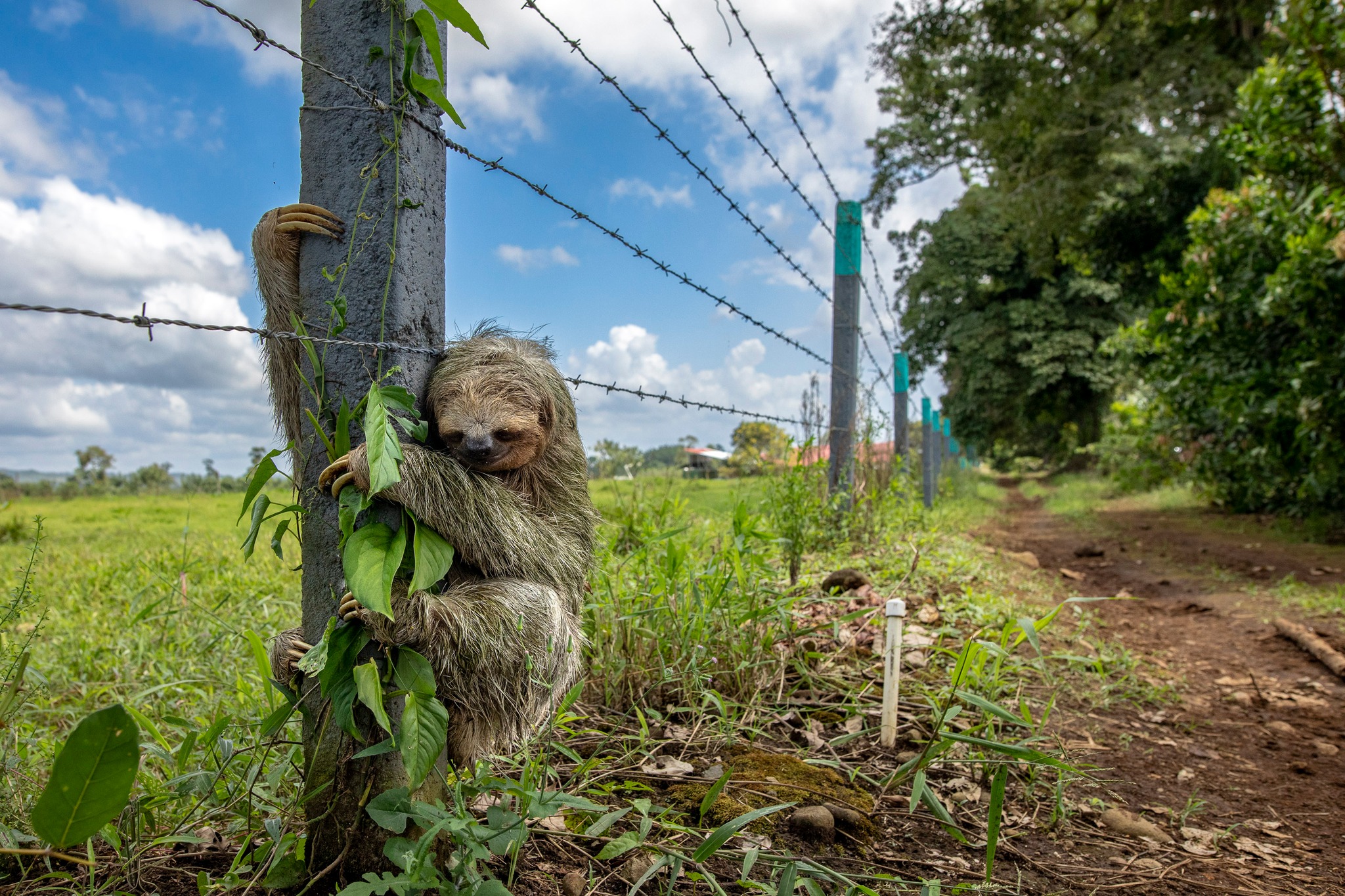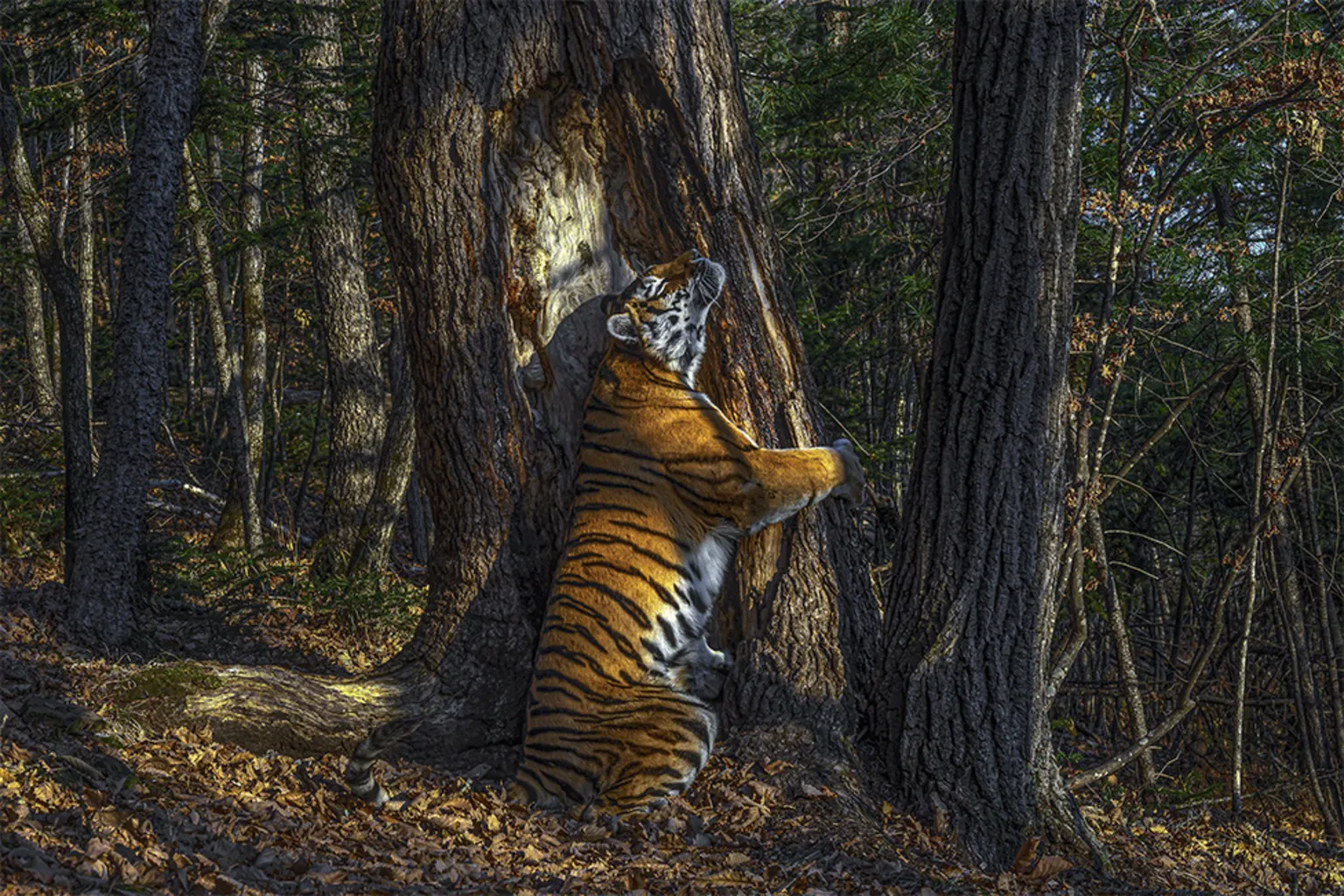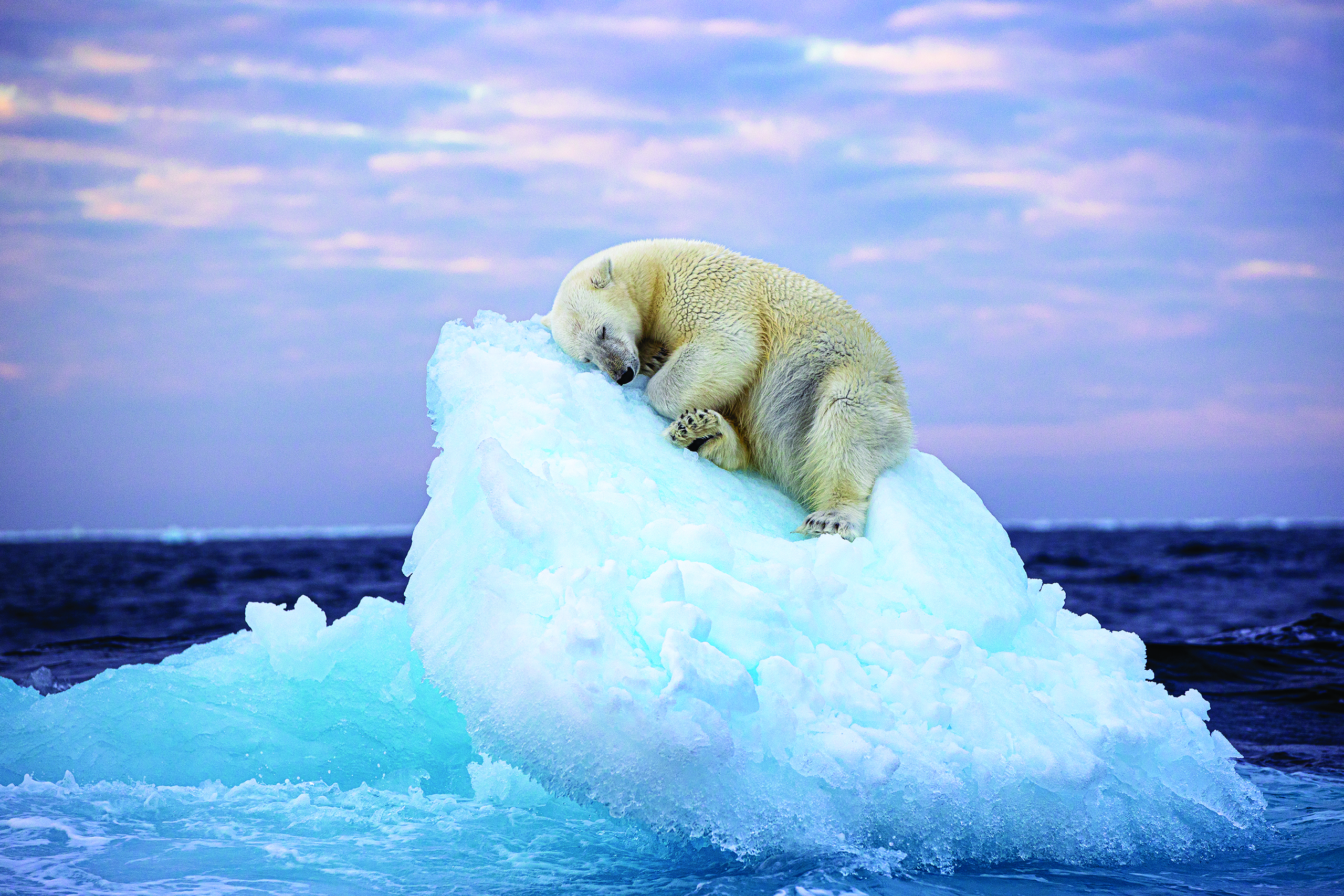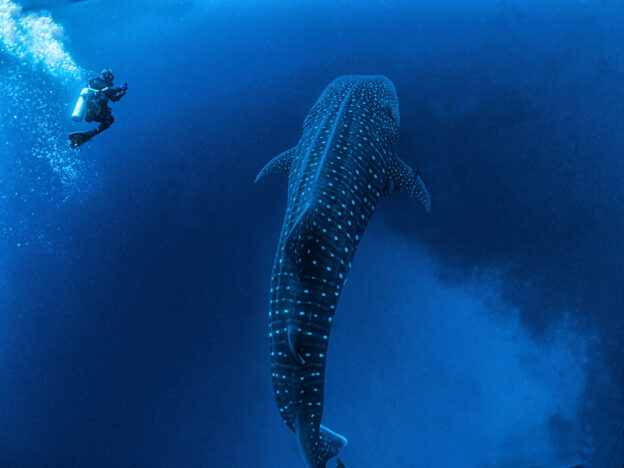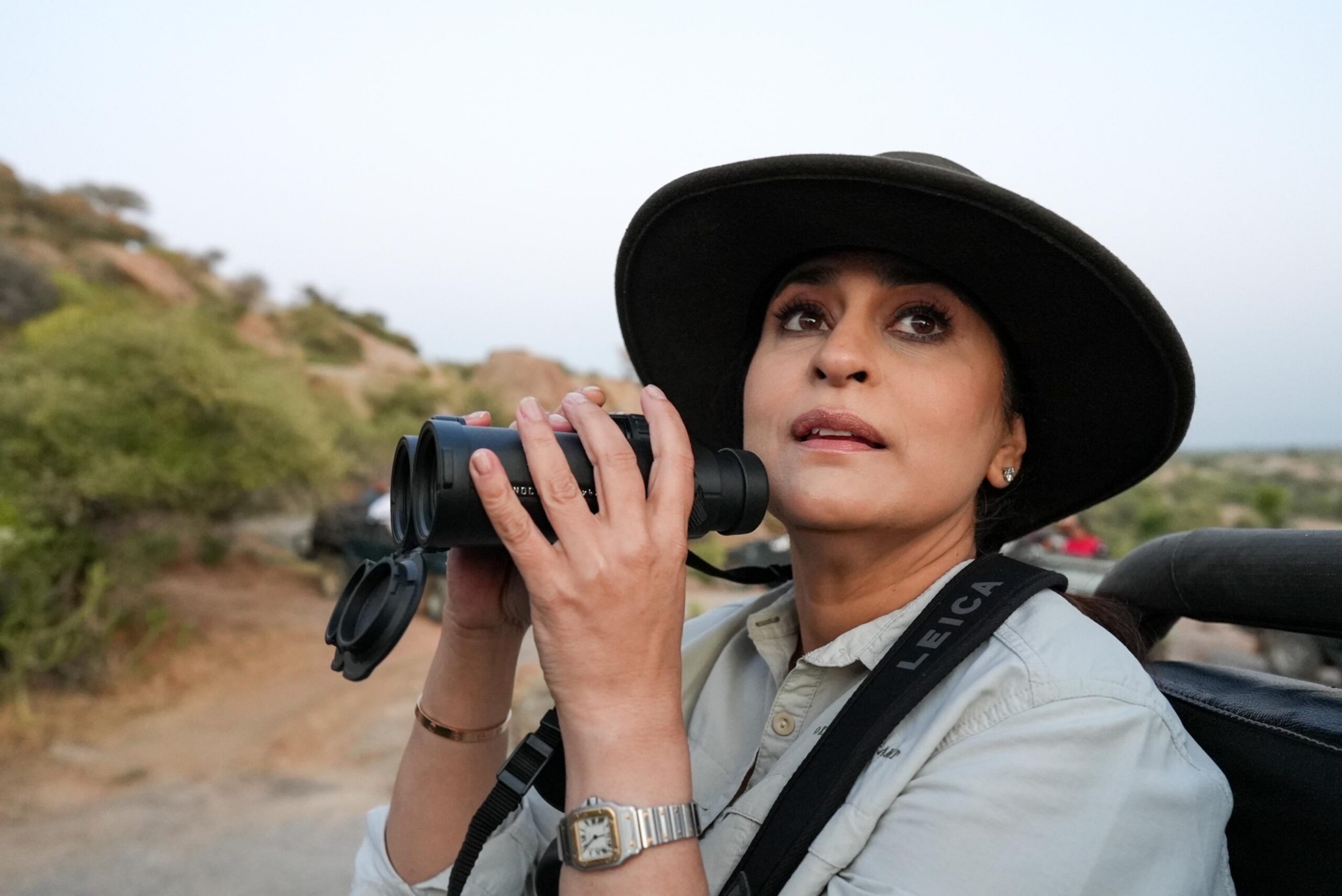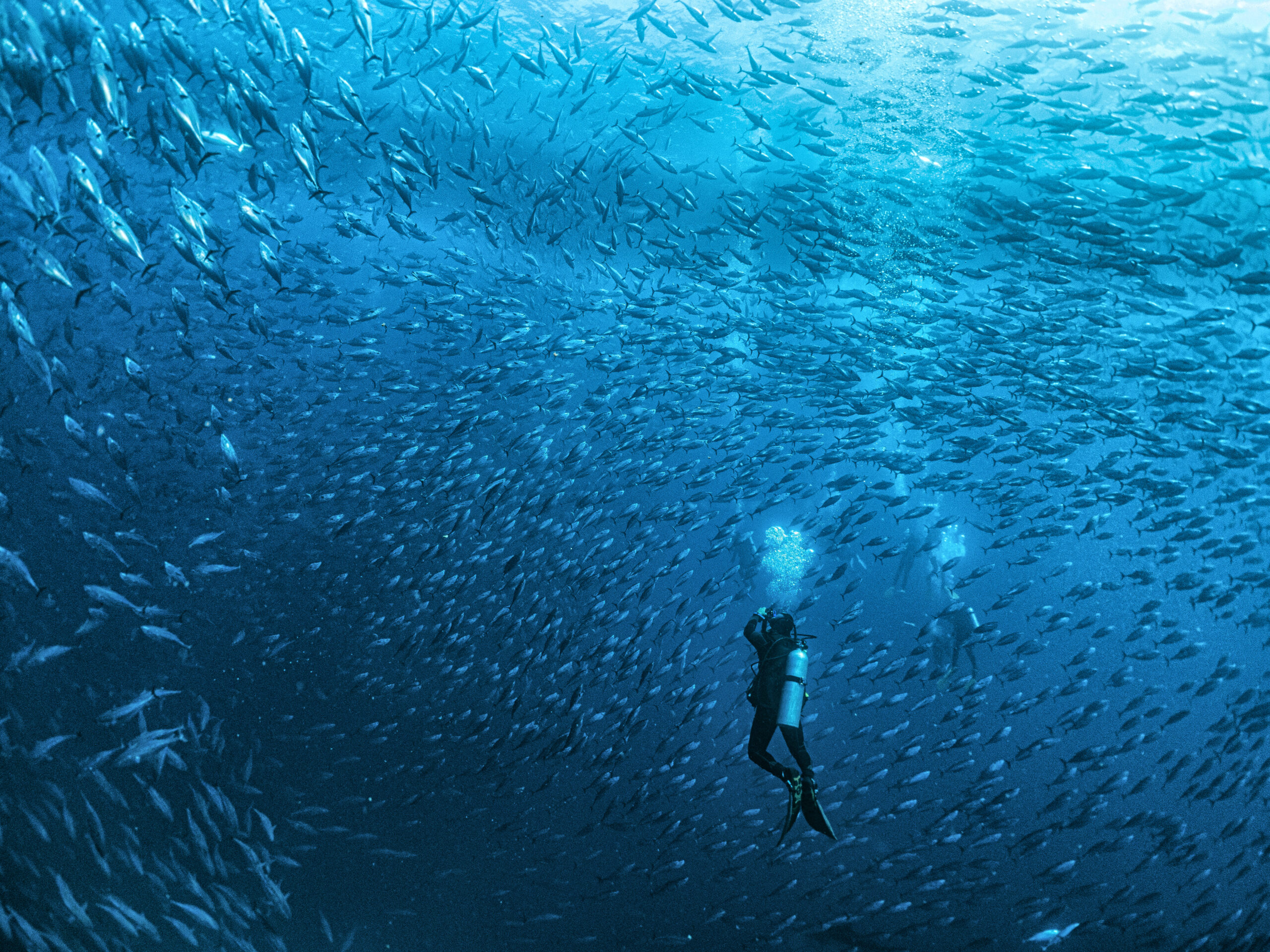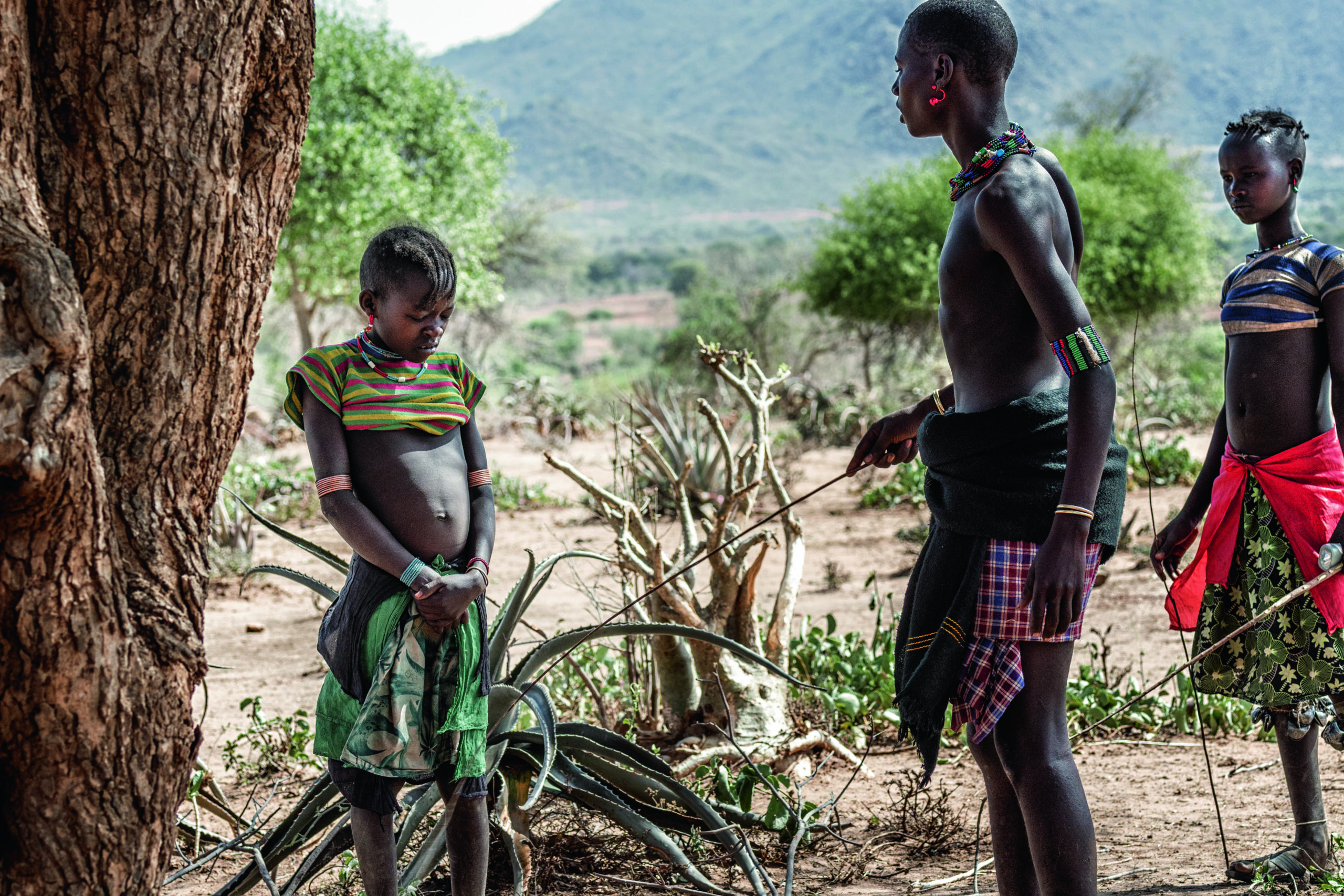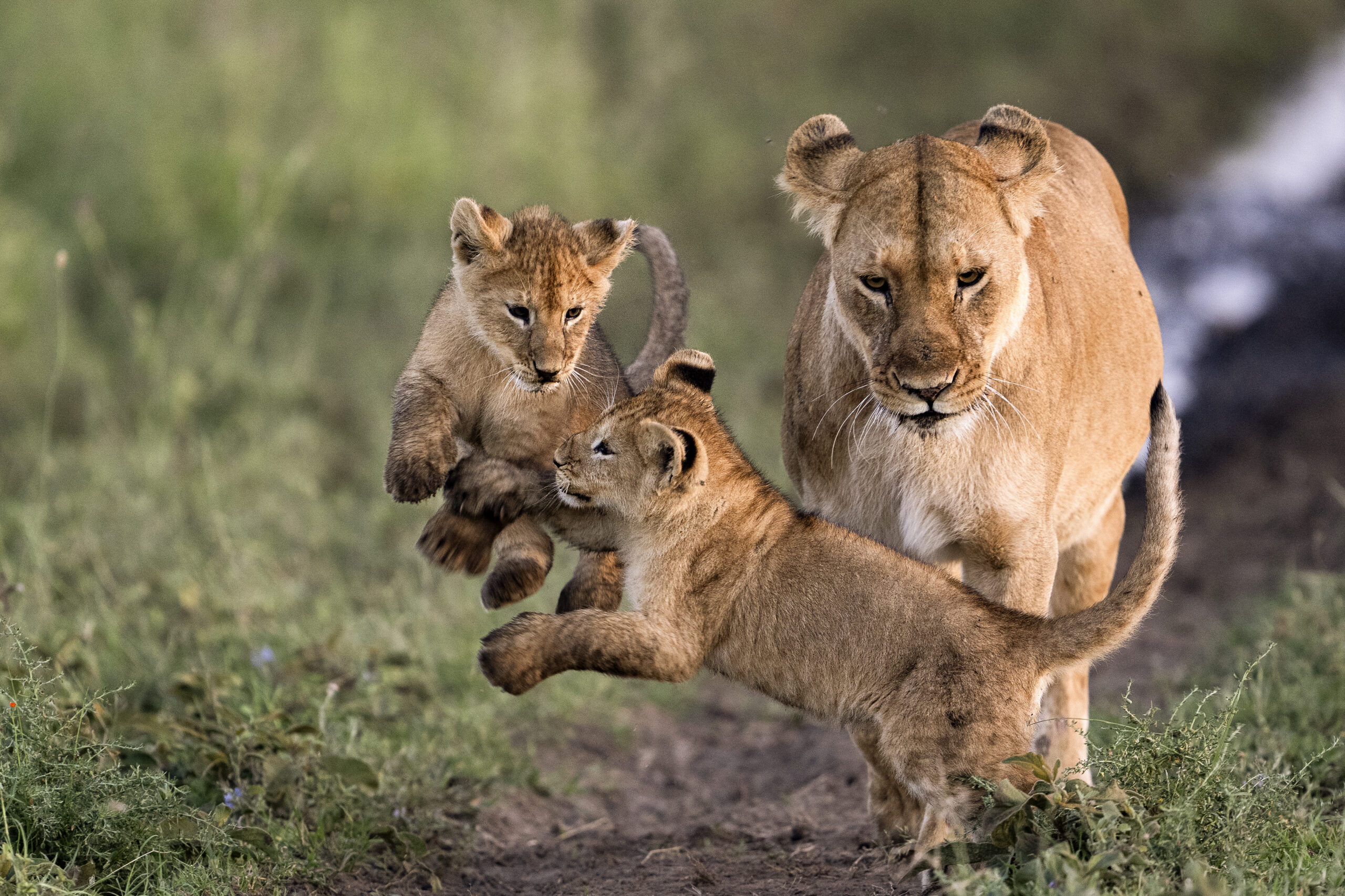Wildlife photography is one of the most rewarding yet challenging genres of photography. Unlike studio or street photography, the subjects wild animals cannot be controlled or posed. Each moment is unpredictable, and the photographer must be prepared to capture fleeting glimpses of life in its rawest form. While the thrill of wildlife photography is undeniable, it also comes with a steep learning curve. Even experienced photographers make mistakes that can compromise their shots, the safety of the animals, or their own experience in the wild. By understanding these mistakes and learning how to avoid them, photographers can elevate their craft and create images that resonate with both beauty and authenticity.
Lack of Research and Preparation
Many photographers, especially beginners, make the mistake of heading into the field without proper preparation. Wildlife does not follow a schedule; each species has unique habits, feeding routines, and seasonal patterns. Entering a location without knowledge of these factors can result in frustration, missed opportunities, or even disturbance to the animals.
For instance, photographing tigers in India’s Jim Corbett National Park requires knowing their active hours—typically early morning and late evening. Ignorance of these patterns can leave a photographer standing for hours without any sighting. Similarly, bird photographers in the wetlands of Bharatpur must be aware of migratory patterns to capture rare species.

How to Avoid It:
Research is key. Consult field guides, watch documentaries, and connect with local wildlife experts to understand the behaviour and habitats of your subjects. Use maps and online resources to scout locations ahead of time. Planning also extends to checking weather forecasts, packing suitable clothing, and ensuring you have the necessary gear for the conditions. Preparation transforms a chaotic shoot into a purposeful expedition.
Using the Wrong Equipment
Wildlife photography requires specialised equipment. Many photographers underestimate the importance of lens choice, camera settings, and accessories. For instance, using a standard 50mm lens may be perfect for landscapes, but it is often inadequate for capturing a distant leopard or a soaring eagle.
How to Avoid It:
Invest in telephoto lenses, ideally in the 300mm to 600mm range, depending on the type of wildlife you are photographing. Cameras with fast autofocus, high burst rates, and excellent low-light performance are invaluable. Accessories like sturdy tripods, bean bags for stability, and remote triggers can make a significant difference in capturing sharp, composed shots. Always familiarise yourself with your gear before heading into the field—there is no time to read the manual when a tiger steps into view.
Ignoring Lighting Conditions
Lighting is a cornerstone of photography, and wildlife photography is no exception. Many photographers neglect the role of natural light, resulting in flat or poorly exposed images. Harsh midday sunlight can wash out colours and cast unflattering shadows, while low light without proper adjustments can create blurred, grainy shots.
How to Avoid It:
Aim to shoot during the golden hours—shortly after sunrise or before sunset—when light is soft, warm, and directional. Overcast days can provide even, diffused light, ideal for capturing details without harsh shadows. Learn to read natural light, anticipate how it will interact with your subject, and adjust your camera settings for optimal exposure. Sometimes, subtle shifts in position or angle can transform an ordinary shot into a spectacular one.
Disturbing the Wildlife
One of the most common and potentially harmful mistakes is disturbing animals to get a better shot. Approaching too closely, making noise, or startling an animal not only risks your photograph, but can also stress the animal or trigger defensive behaviour.
How to Avoid It:
Maintain a respectful distance at all times. Telephoto lenses allow you to capture intimate details without encroaching on the animal’s space. Move slowly, wear muted clothing, and minimise noise. Understanding animal behaviour can help anticipate movements without interference. For example, knowing that elephants have a keen sense of hearing and smell can help you stay hidden while observing them from a safe distance.
Poor Composition
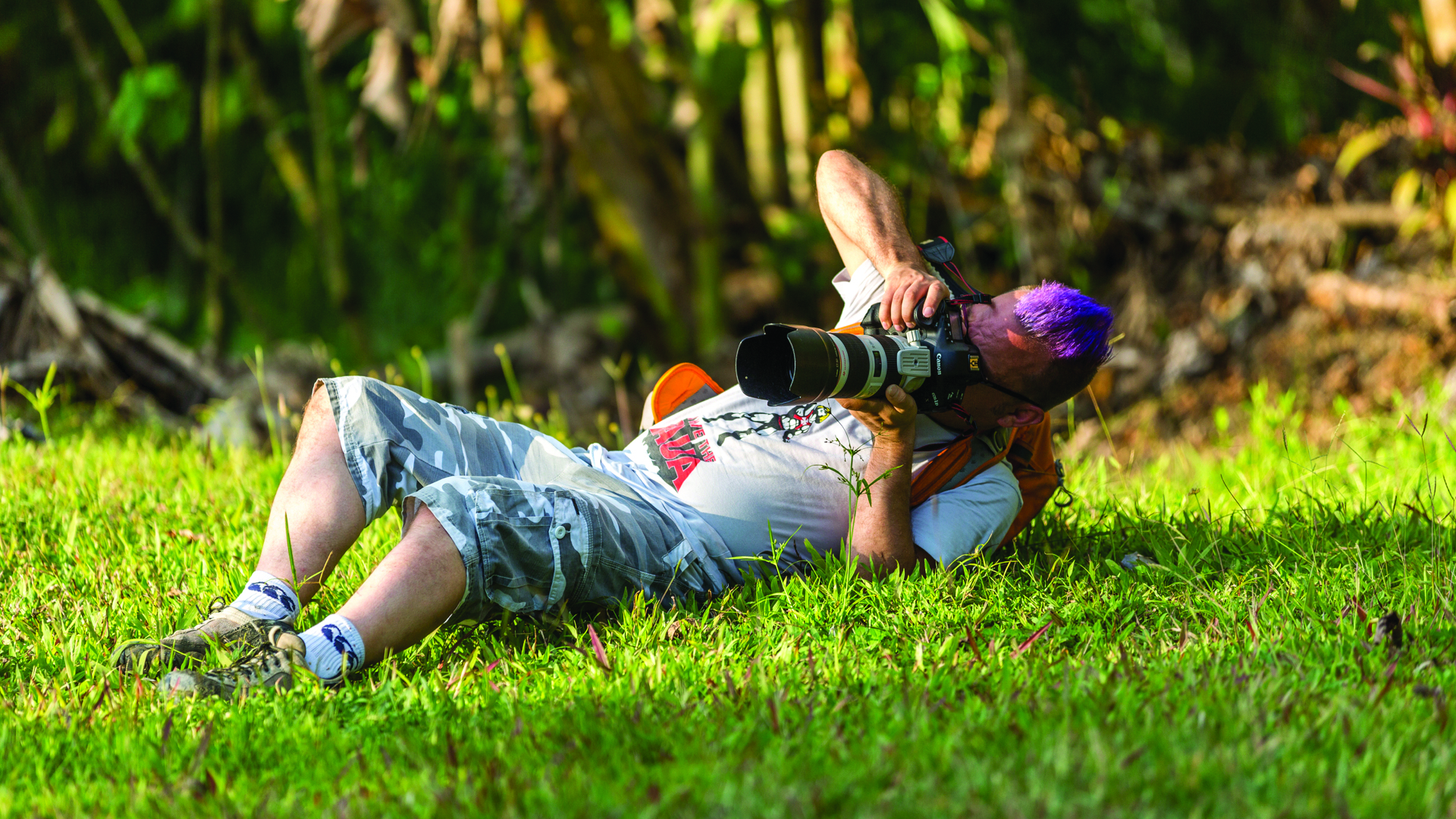
Even technically perfect photographs can fail if the composition is weak. Common mistakes include placing the subject dead centre, ignoring background distractions, or failing to consider natural lines and framing. A cluttered background can distract viewers from the main subject, reducing the impact of the image.
How to Avoid It:
Use compositional techniques like the rule of thirds, leading lines, and natural framing. Position your subject against uncluttered backgrounds whenever possible. Experiment with angles and perspectives—sometimes getting lower to the ground or shooting from a higher vantage point adds depth and interest. Take multiple shots and vary your compositions; creativity often comes from experimentation.
Overlooking the Importance of Patience
Wildlife photography is not a hobby for the impatient. Animals are unpredictable, and moments of action may only last a few seconds. Many photographers give up too early, moving on without capturing the decisive moment.
How to Avoid It:
Develop patience and immerse yourself in the environment. Spend time observing animals without the camera first. Learn their routines and anticipate behaviours. Some of the most iconic wildlife images—like the snow leopard staring through the Himalayan mist or the bald eagle swooping over a frozen lake—result from hours of quiet observation and waiting. Remember, patience is a skill as much as it is a virtue in wildlife photography.
Ignoring Post-Processing Techniques
A raw image straight from the camera often lacks the polish needed for publication or portfolio presentation. Many photographers make the mistake of underestimating the power of post-processing. Subtle adjustments can enhance the story without compromising authenticity.
How to Avoid It:
Learn to use editing tools such as Lightroom or Photoshop to adjust exposure, contrast, and colour balance. Crop images to improve framing, reduce noise in low-light shots, and sharpen details for clarity. Post-processing should enhance the image, not overtake it—keeping it natural ensures the photograph remains true to the wildlife moment.
Failing to Focus Properly

Capturing a moving subject is one of the most technically challenging aspects of wildlife photography. Misfocused images are a frequent source of frustration, especially when photographing birds in flight or running predators.
How to Avoid It:
Use single-point autofocus for precision or continuous focus for moving subjects. Back-button focusing can give you greater control. Anticipate movement and pre-focus on areas where the subject is likely to appear. Practice tracking motion to ensure the camera locks on the right point consistently. Sharpness is often what separates an amateur shot from a professional one.
9. Not Understanding Animal Behaviour
A deep understanding of animal behaviour can dramatically improve wildlife photography. Misinterpreting cues can result in missed shots or unsafe encounters. For example, a crouching tiger may signal a hunting stance, while a bird puffing up its feathers may indicate distress.
How to Avoid It:
Spend time observing your subjects before attempting to photograph them. Note how they interact with each other, their environment, and potential threats. This knowledge allows you to predict movements and capture authentic, expressive moments. The more you understand your subject, the more compelling your images will be.
Lack of Backup and Organisation
After a long day of shooting, nothing is worse than losing your photographs due to insufficient storage or poor organisation. Wildlife photography often involves capturing hundreds or even thousands of images in a single outing.
How to Avoid It:
Carry extra memory cards and external storage devices. Immediately organise images by location, species, and date. Backing up files to multiple sources ensures your work is safe and makes it easier to review, edit, and build a portfolio. Good organisation also allows you to track your progress and refine techniques over time.
Focusing Only on Popular Subjects
Many wildlife photographers chase iconic animals like lions, tigers, or eagles, ignoring the smaller, lesser-known creatures that are equally fascinating. This narrow focus can limit creativity and variety in a portfolio.

How to Avoid It:
Explore macro photography, insects, reptiles, and smaller mammals. Sometimes the most captivating stories lie in the unnoticed aspects of nature—a butterfly resting on a leaf, a chameleon blending into its surroundings, or ants working collectively. These moments often require patience and keen observation but reward the photographer with unique images.
Neglecting Safety
Wildlife photography can be physically demanding and sometimes dangerous. Harsh terrain, extreme weather, and unpredictable animals pose real risks. Many photographers overlook these hazards in pursuit of the perfect shot.
How to Avoid It:
Prioritise your safety at all times. Carry a first-aid kit, communicate your location, and adhere to park or reserve regulations. Avoid unnecessary risks, and never compromise safety for a photograph. Being cautious not only protects you, but ensures that wildlife is also not endangered by your presence.
Real-Life Anecdotes and Lessons
Professional wildlife photographers often emphasise that mistakes are part of the learning process. National Geographic photographer Paul Nicklen once shared how he spent two weeks tracking polar bears, only to miss the perfect shot because of a focus error. The experience, however, taught him to anticipate the animals’ movements and improved his future work. Similarly, photographer Cristina Mittermeier recalls countless mornings spent observing birds in Mexico, where hours of patience yielded extraordinary compositions that a rushed approach never could have achieved. These stories highlight that wildlife photography is as much about observation, patience, and learning as it is about equipment.
Practical Tips for Beginners
- Start Small: Begin with local wildlife or birds before tackling large predators.
- Learn From Others: Attend workshops, watch tutorials, and study wildlife photography portfolios.
- Practice Patience: Set aside long hours to observe and wait for action.
- Experiment: Try different angles, lenses, and camera settings to discover your style.
- Respect Nature: Ethical photography ensures animals remain undisturbed and habitats protected.
Wildlife photography is a journey of constant learning and self-improvement. Mistakes are inevitable, but each one offers an opportunity to refine techniques, understand subjects better, and deepen your connection to nature. By researching thoroughly, respecting your subjects, mastering your gear, and cultivating patience, photographers can create images that capture not just animals, but the stories and spirit of the wild.

